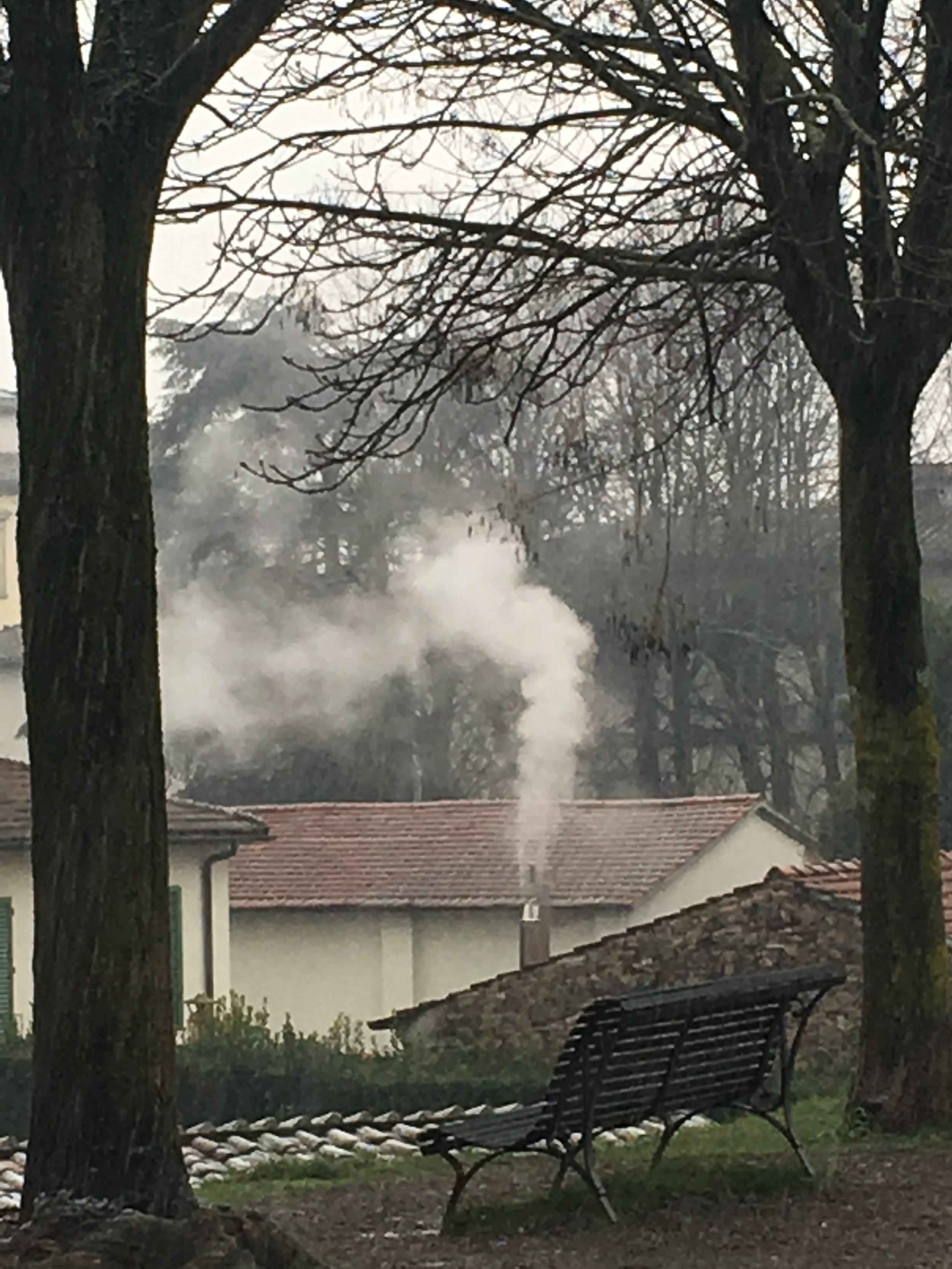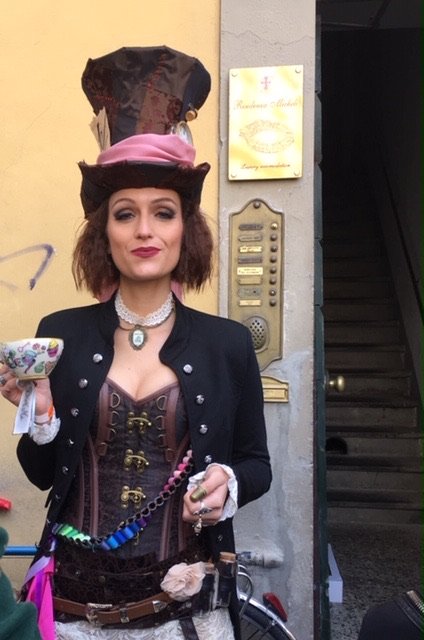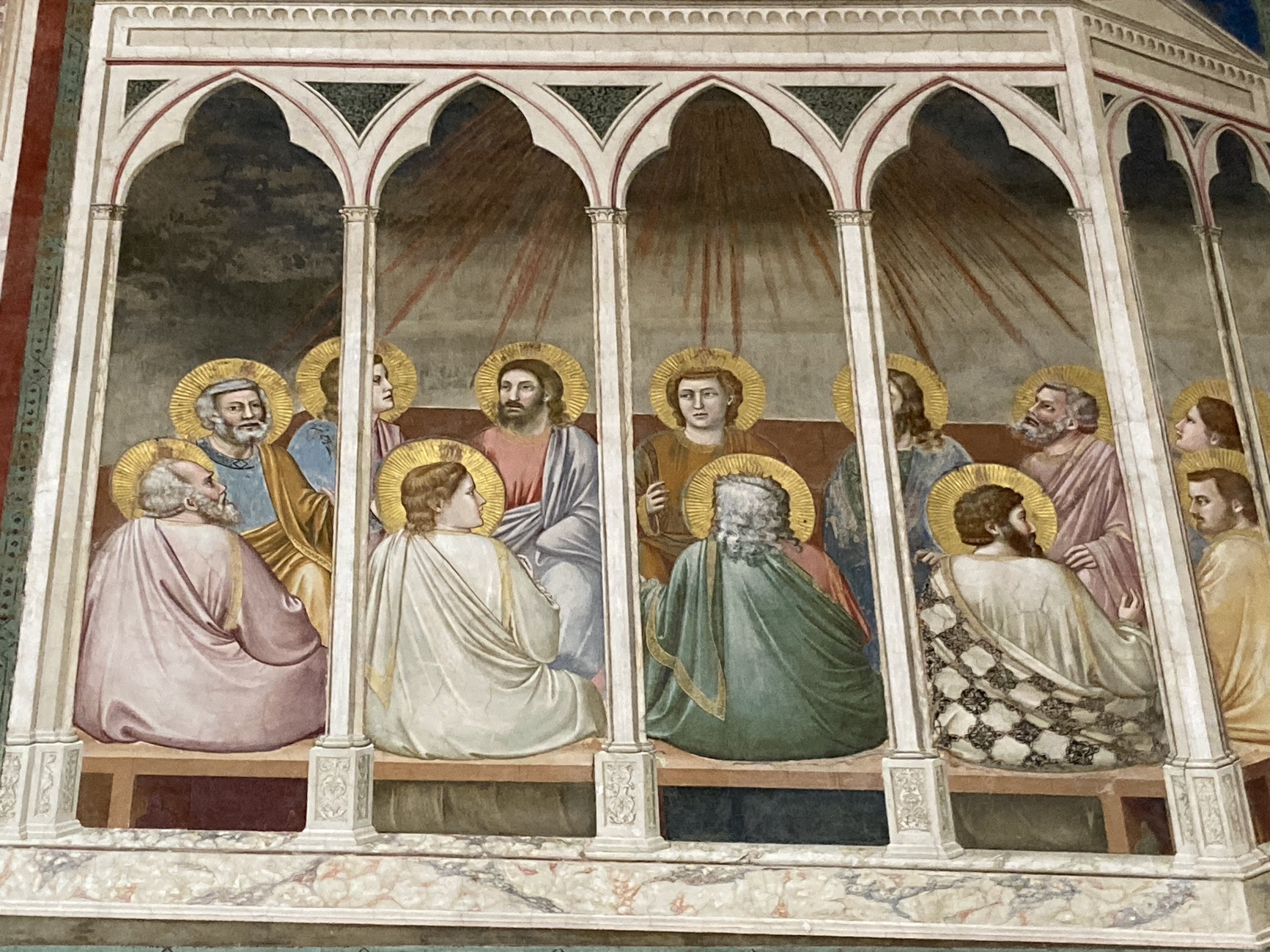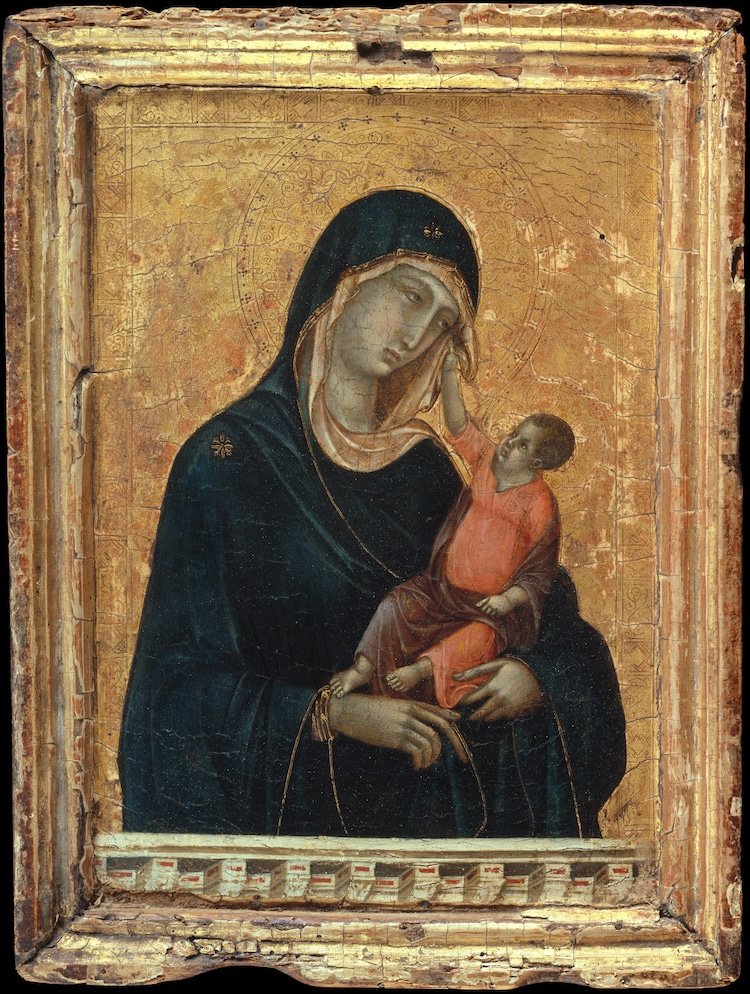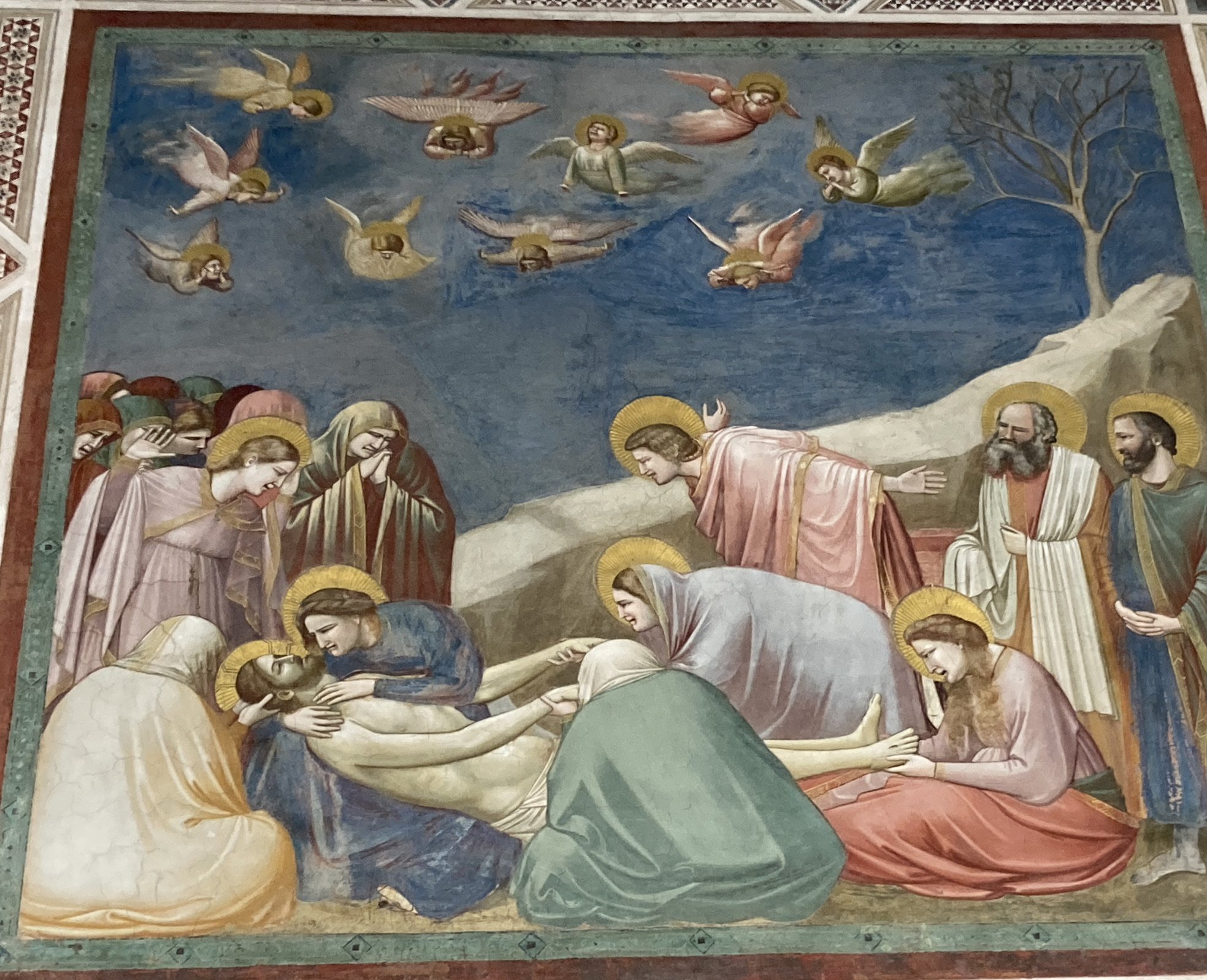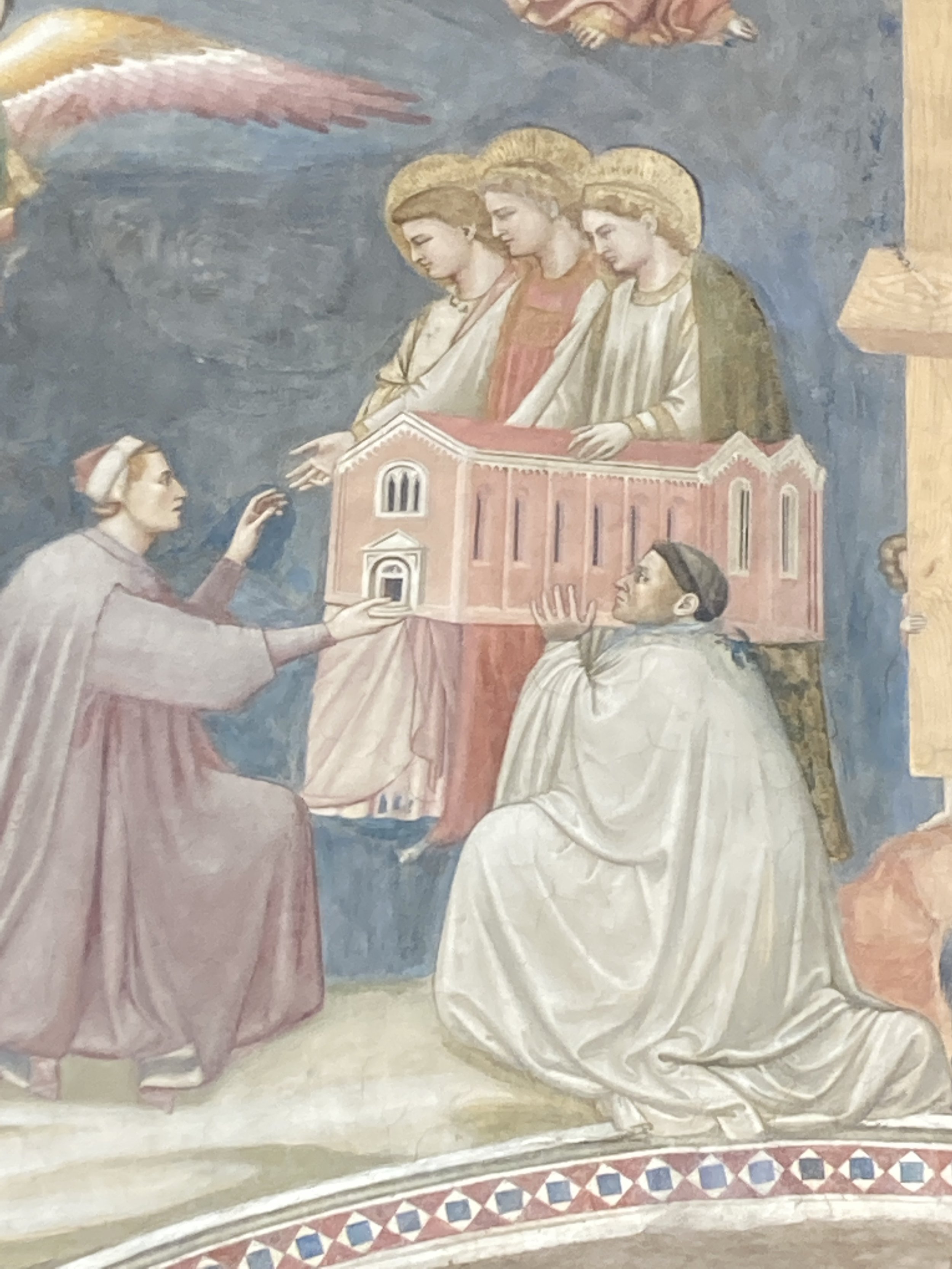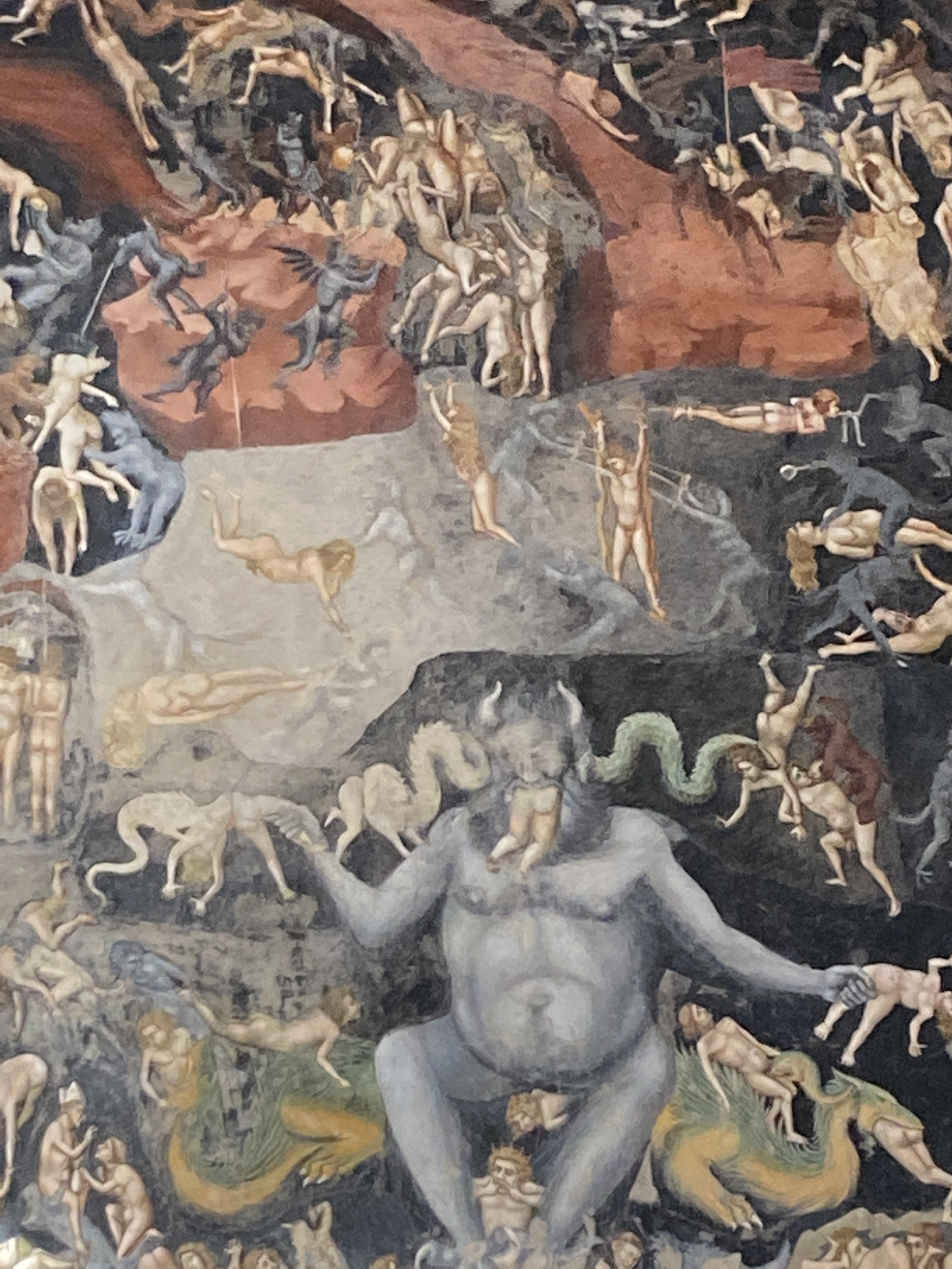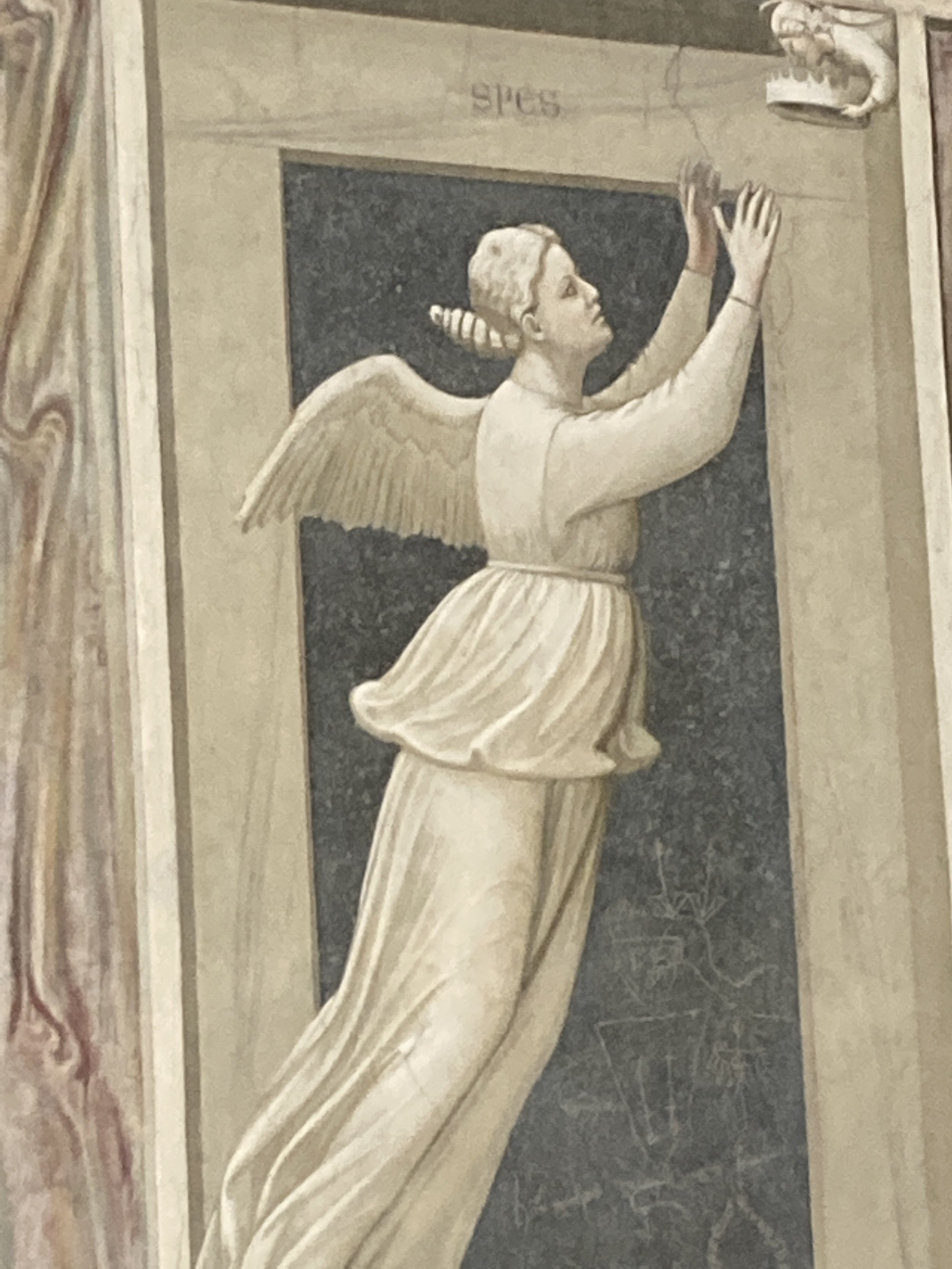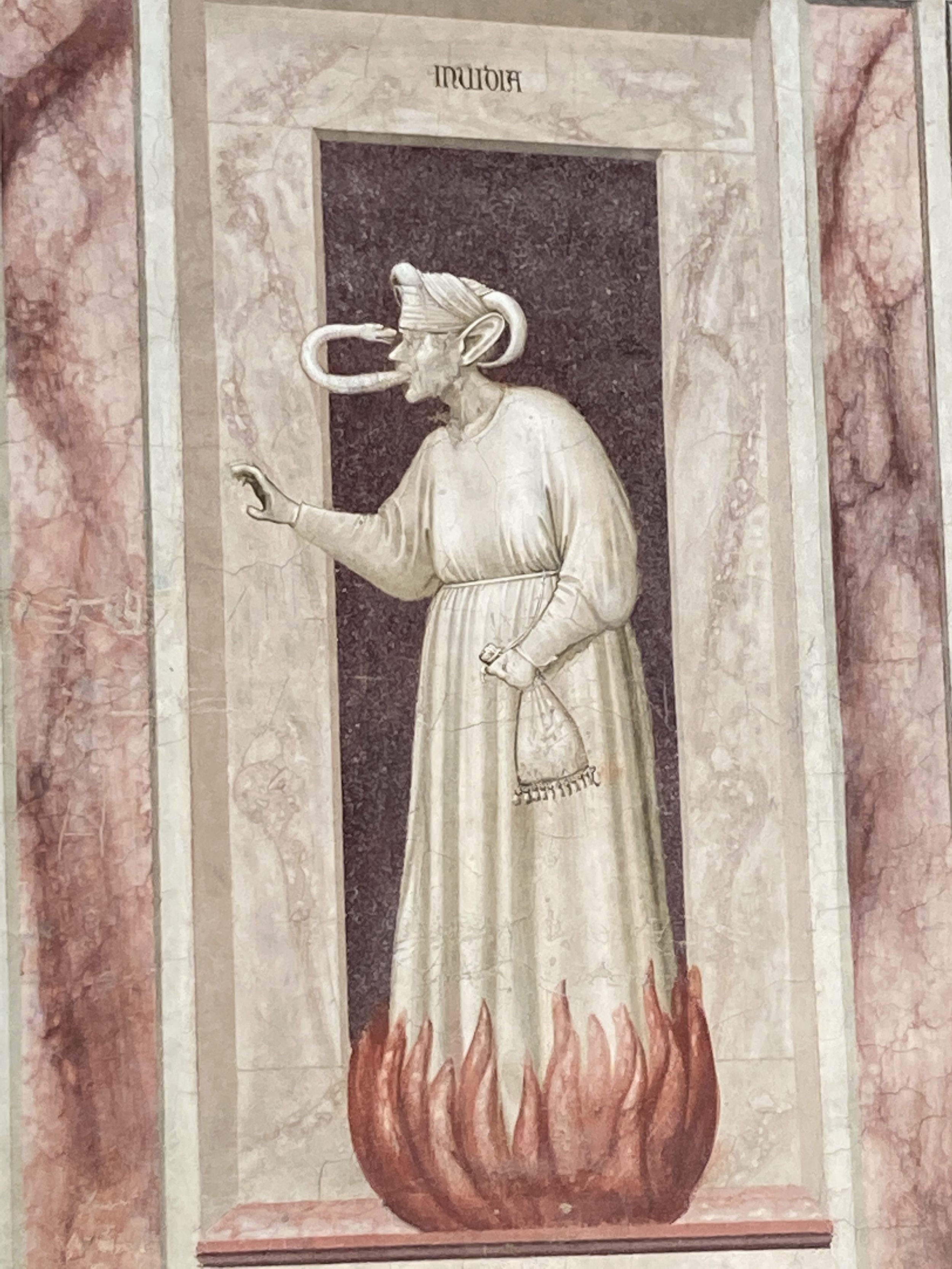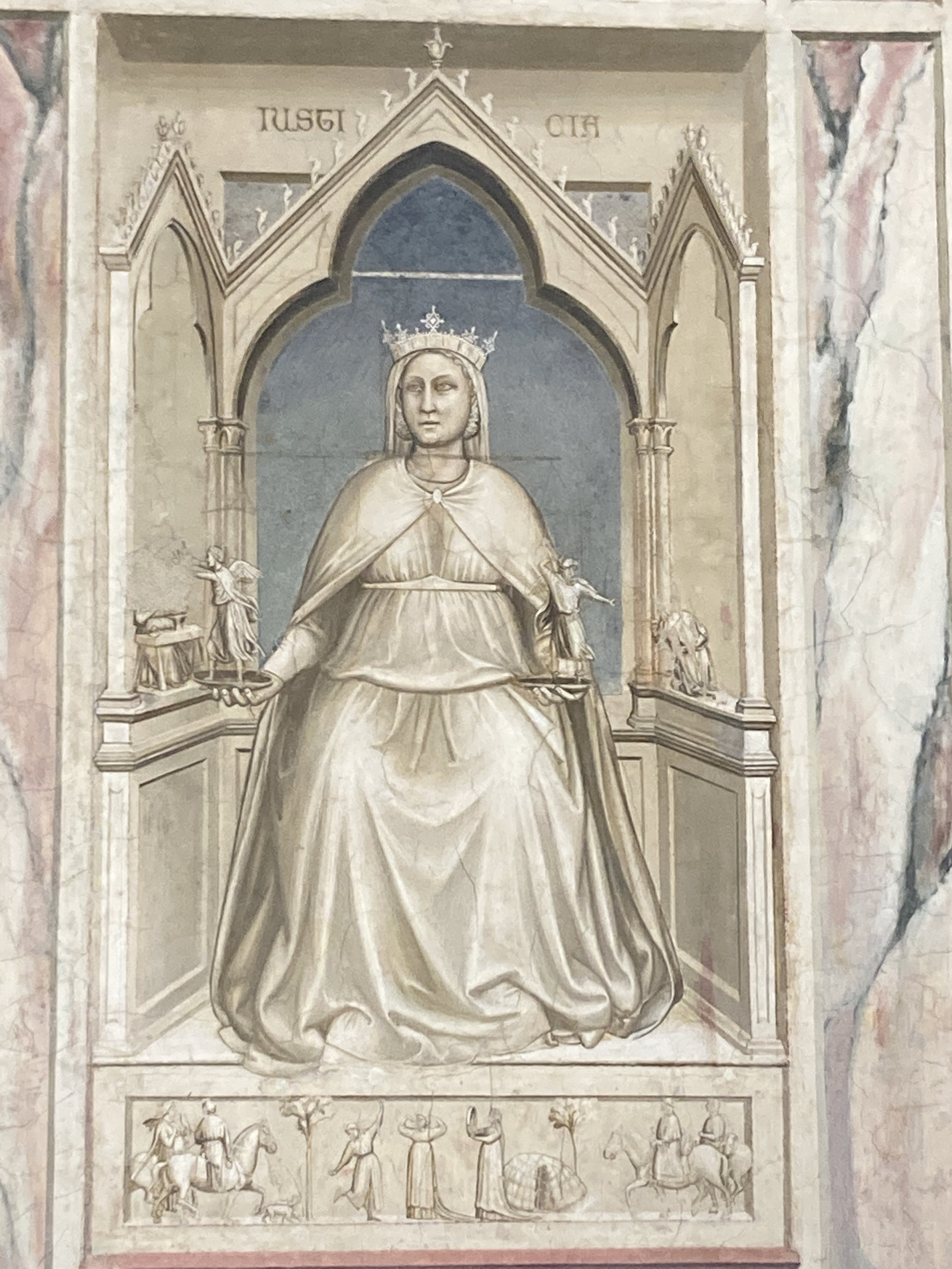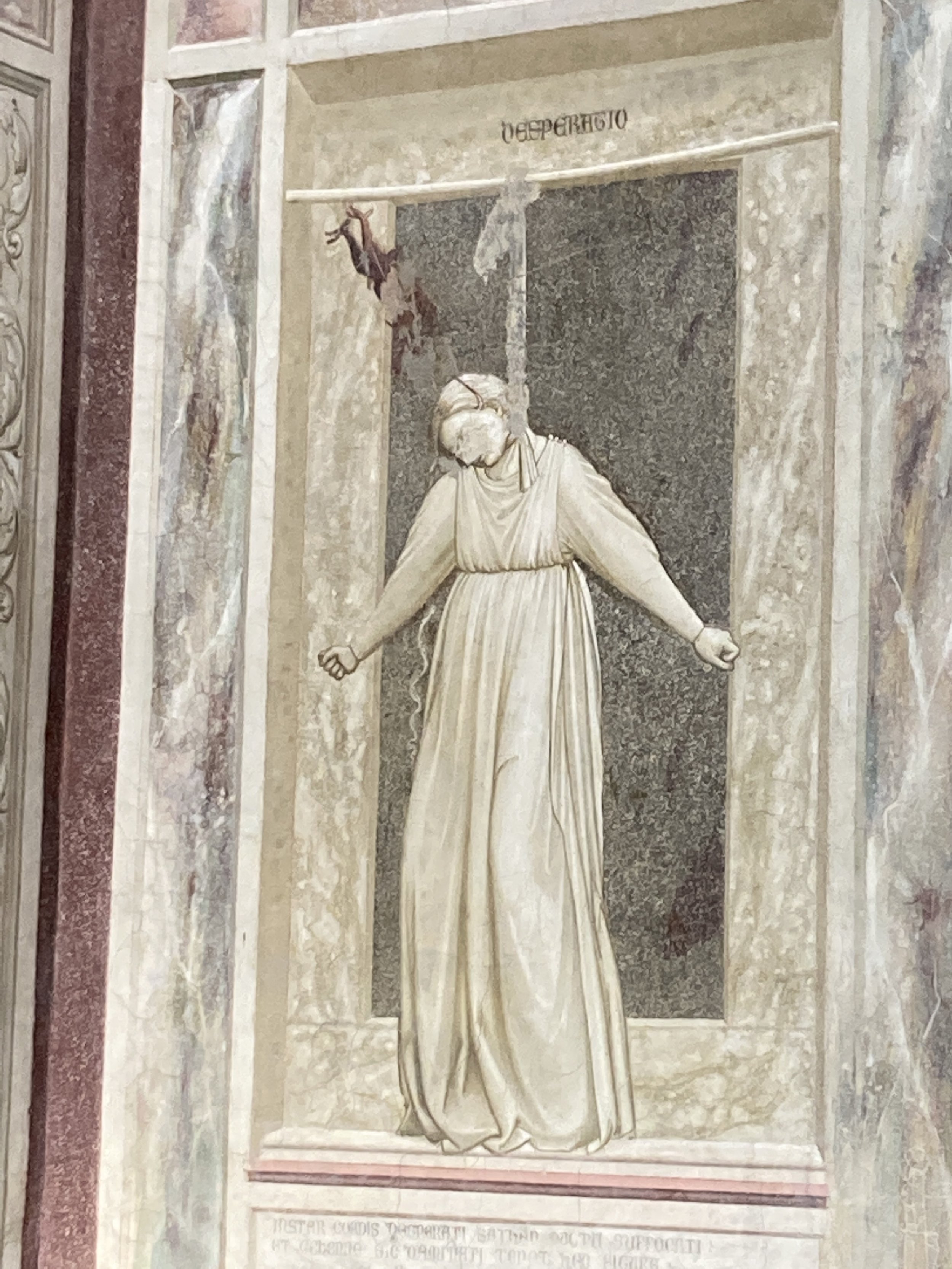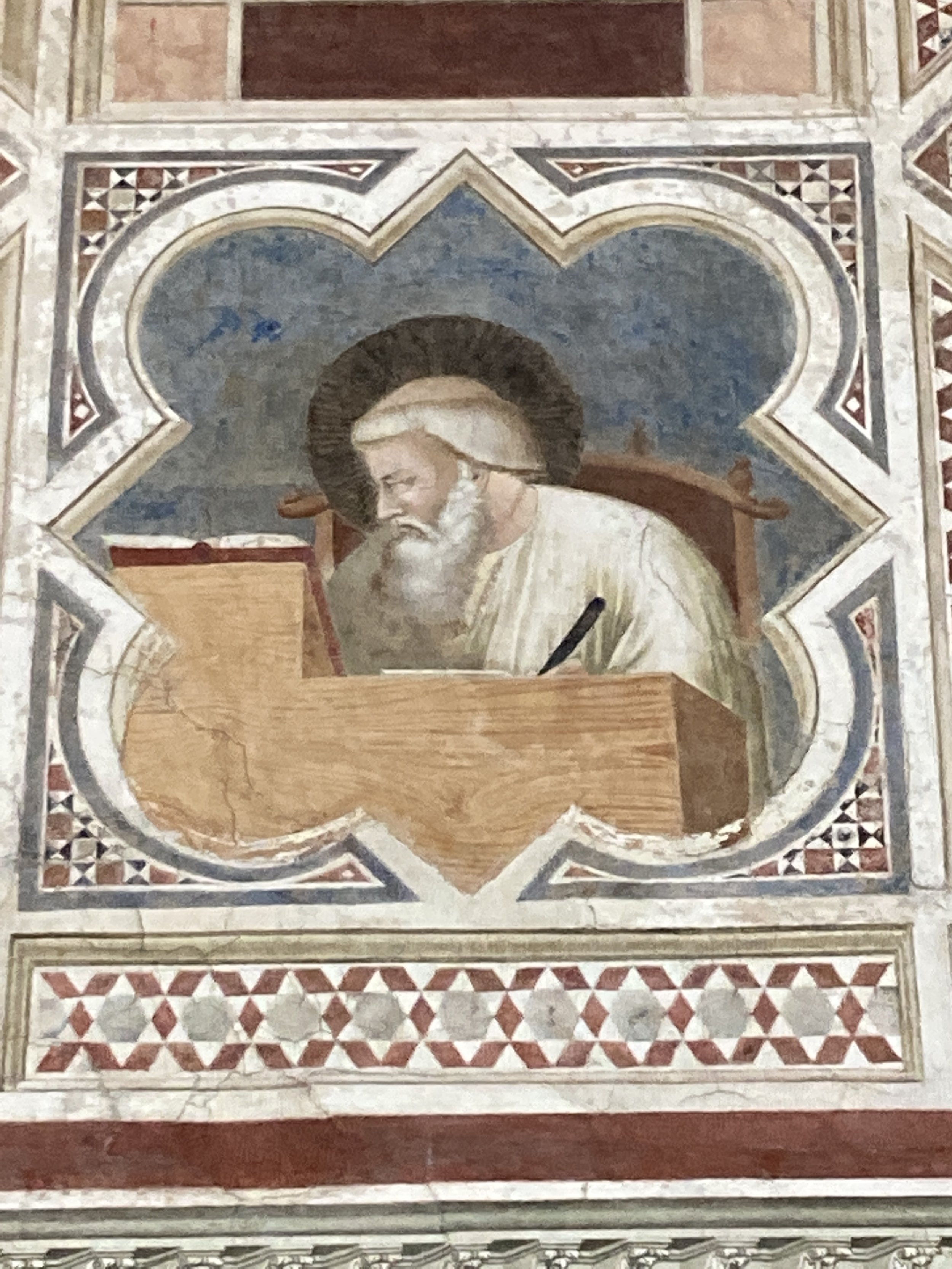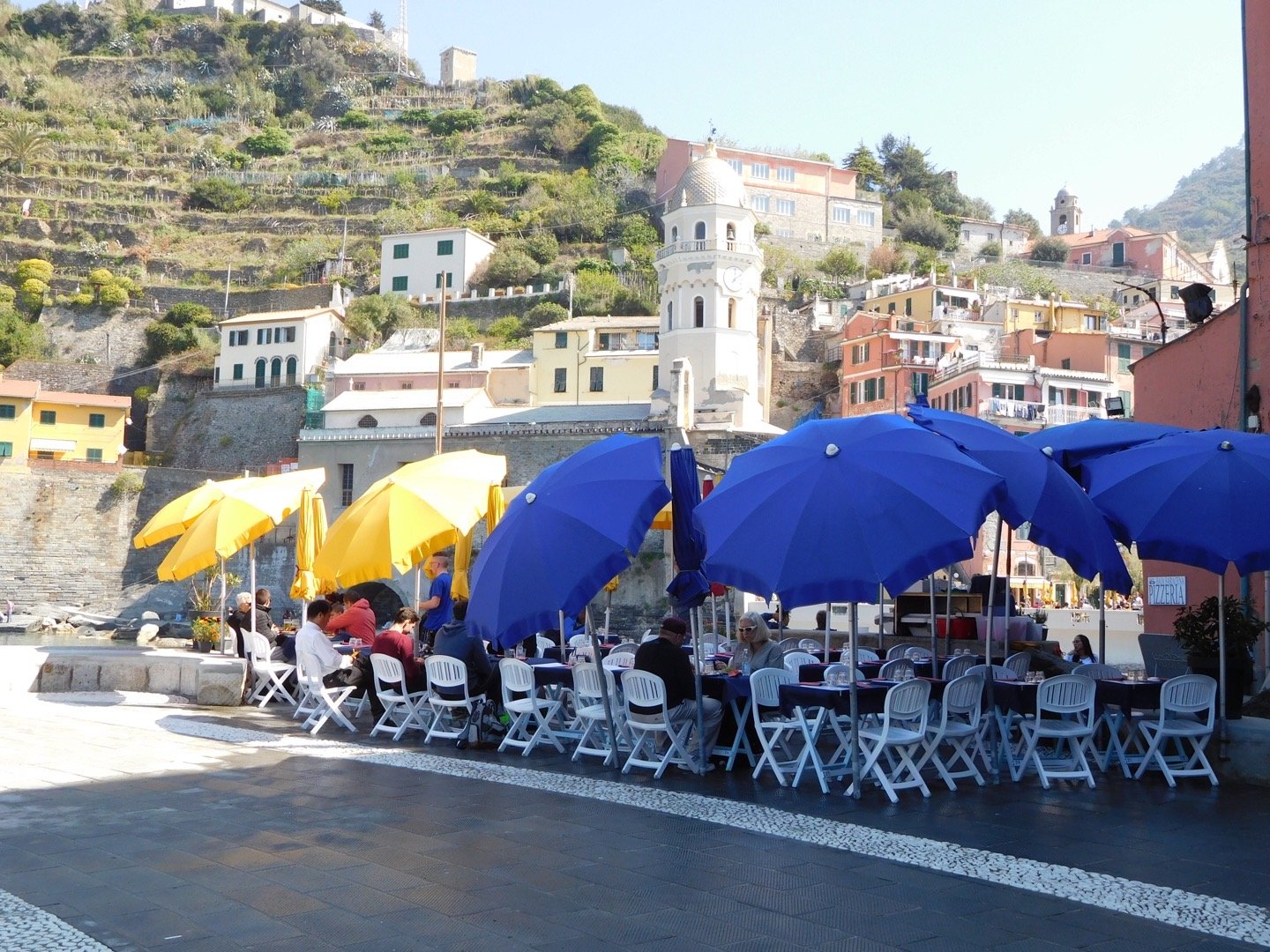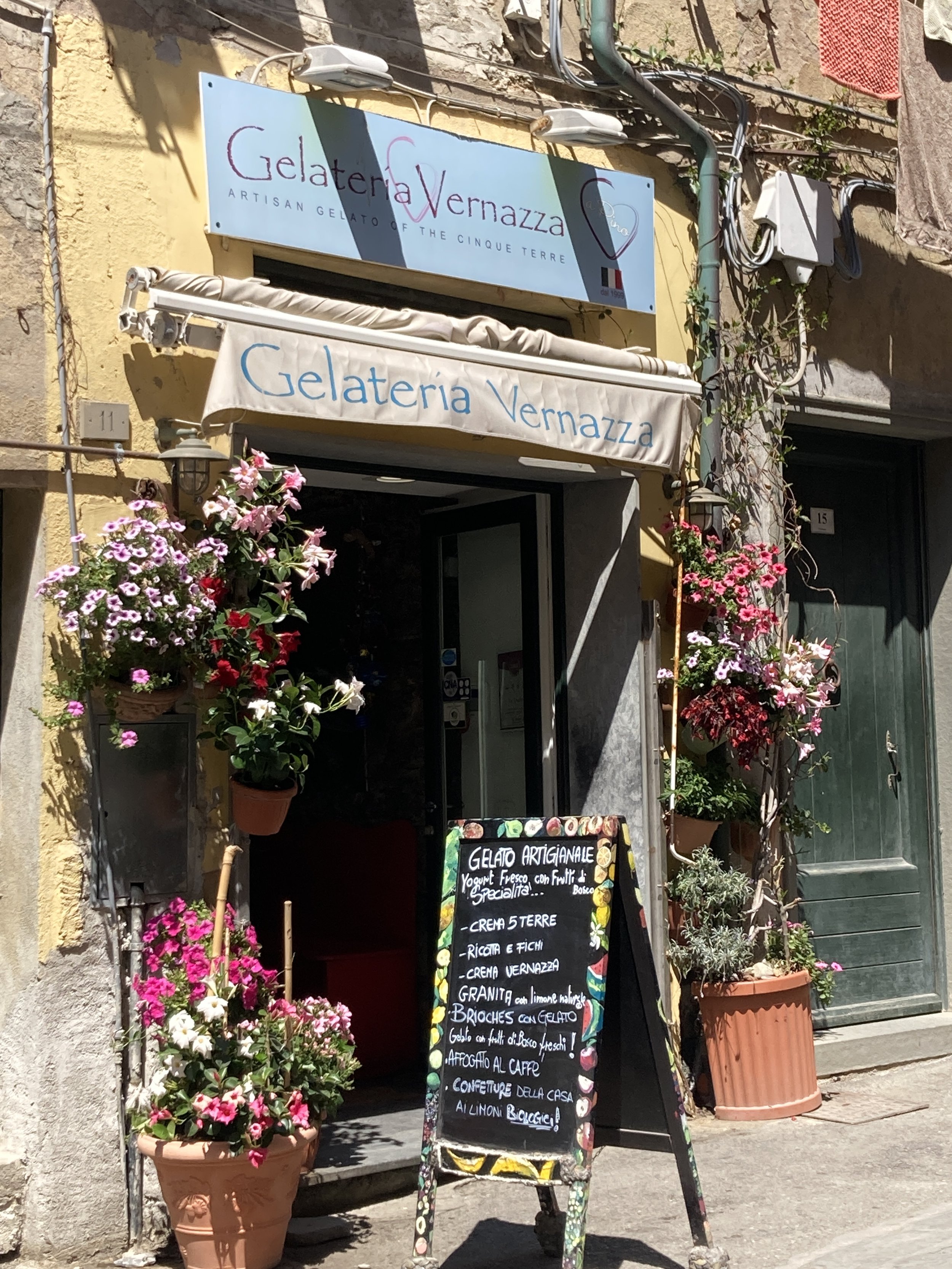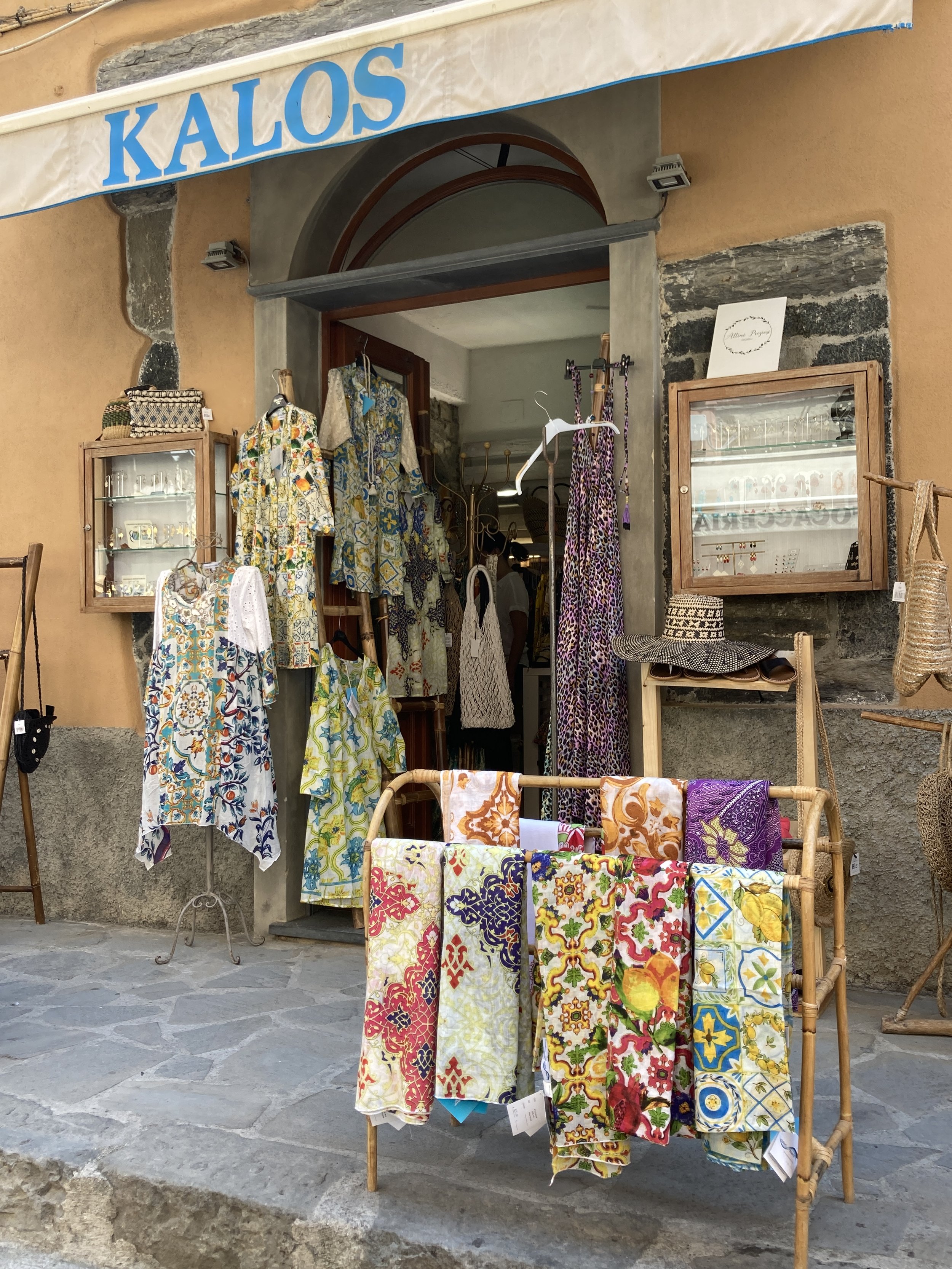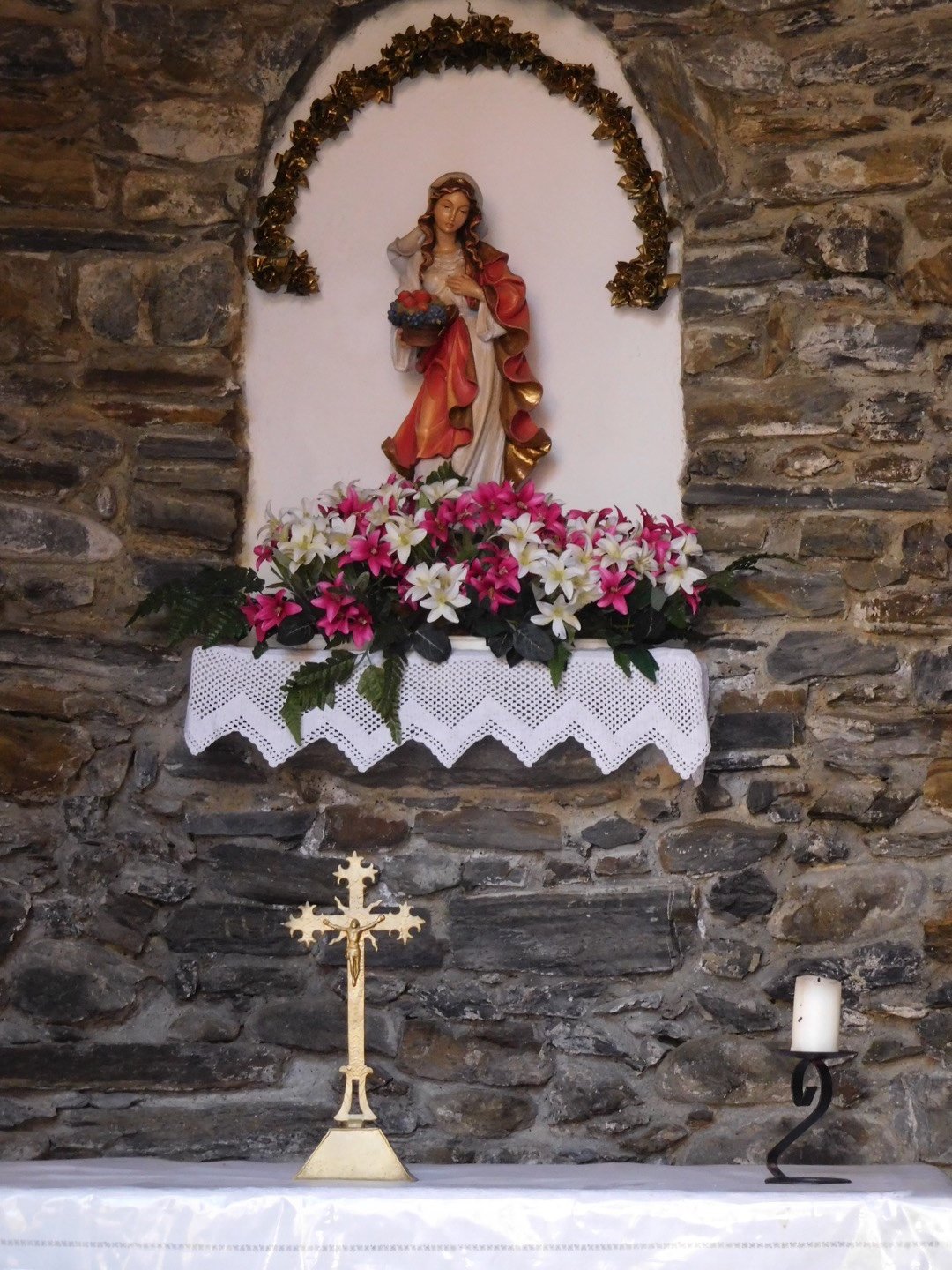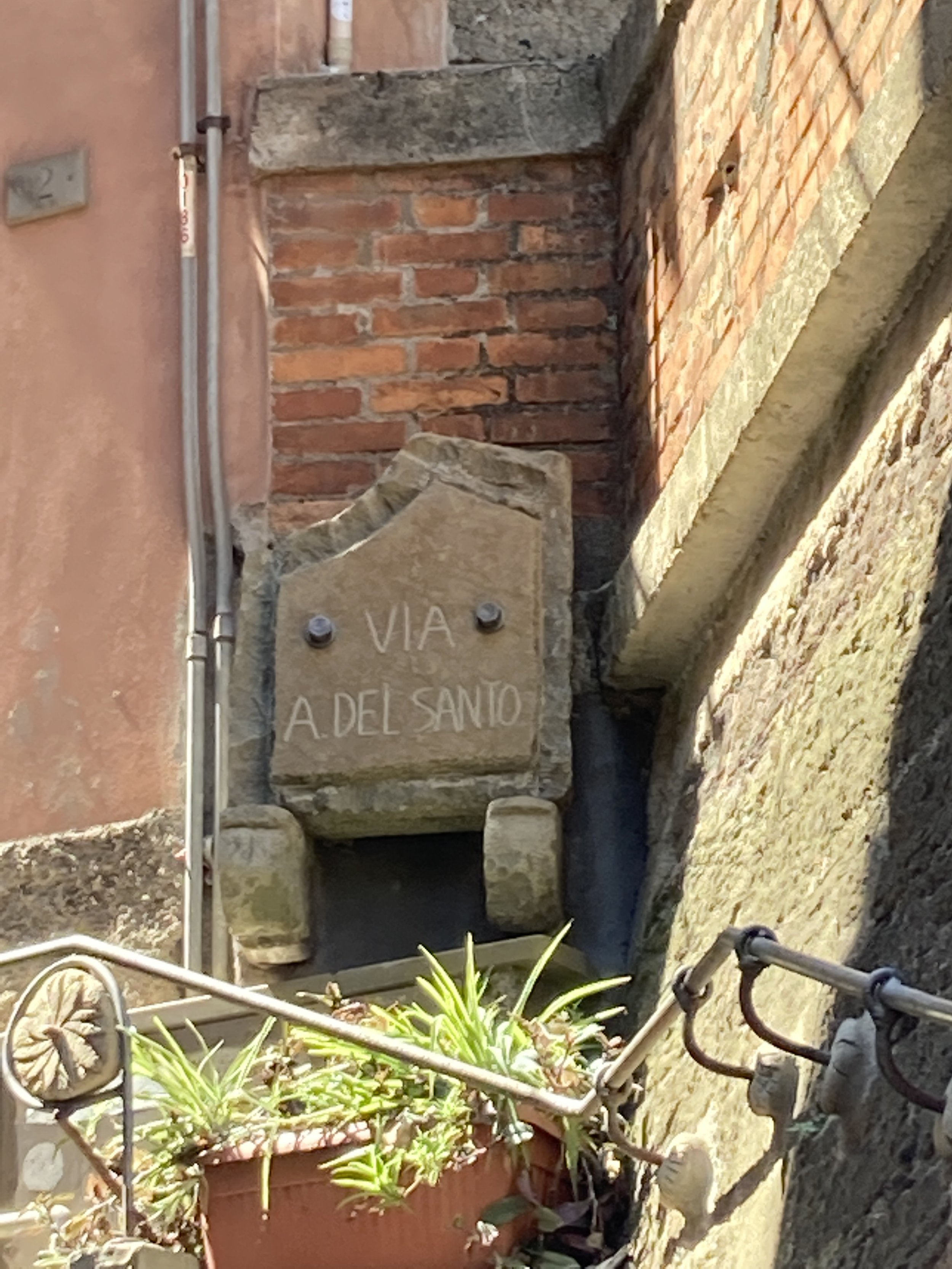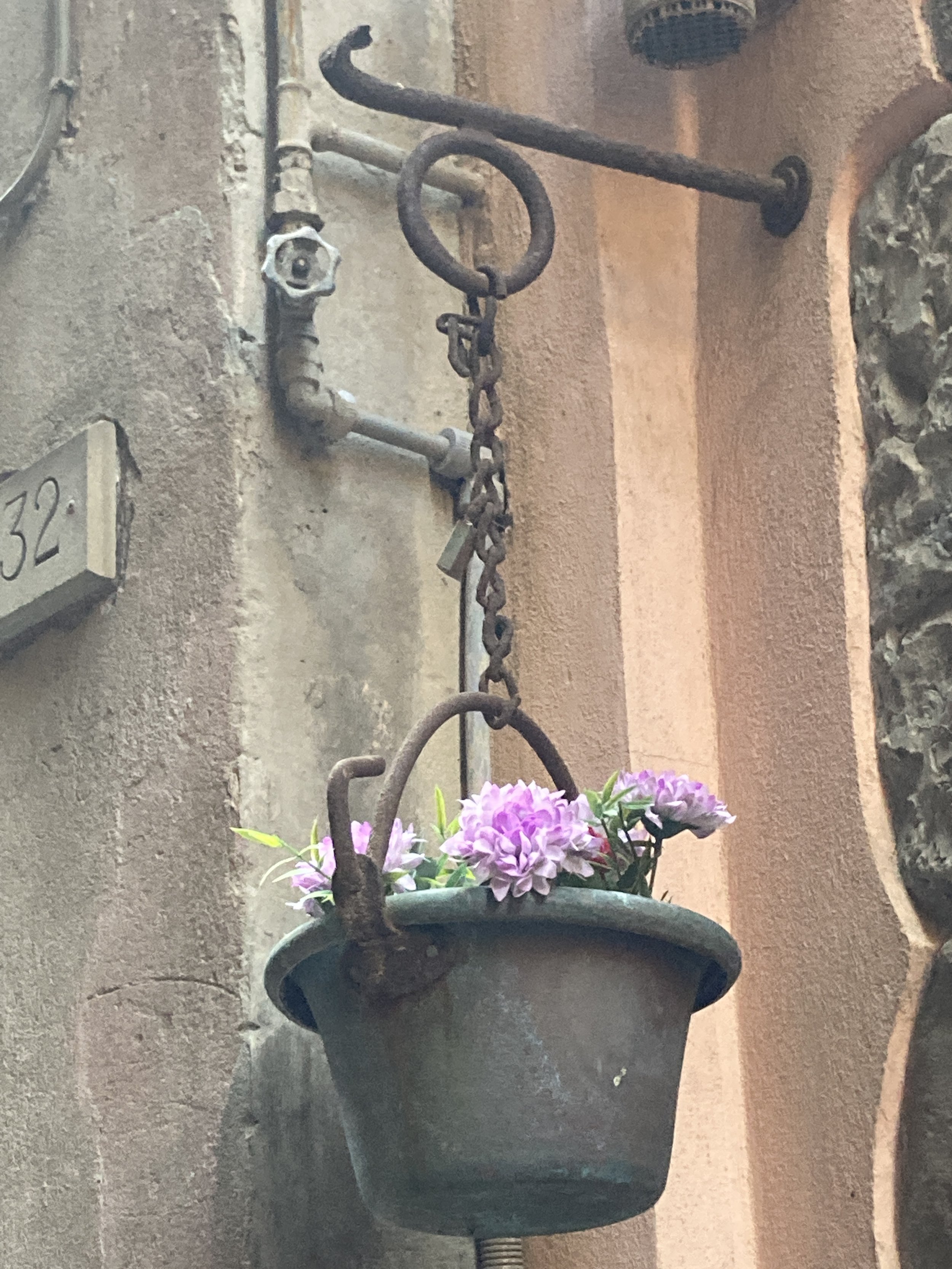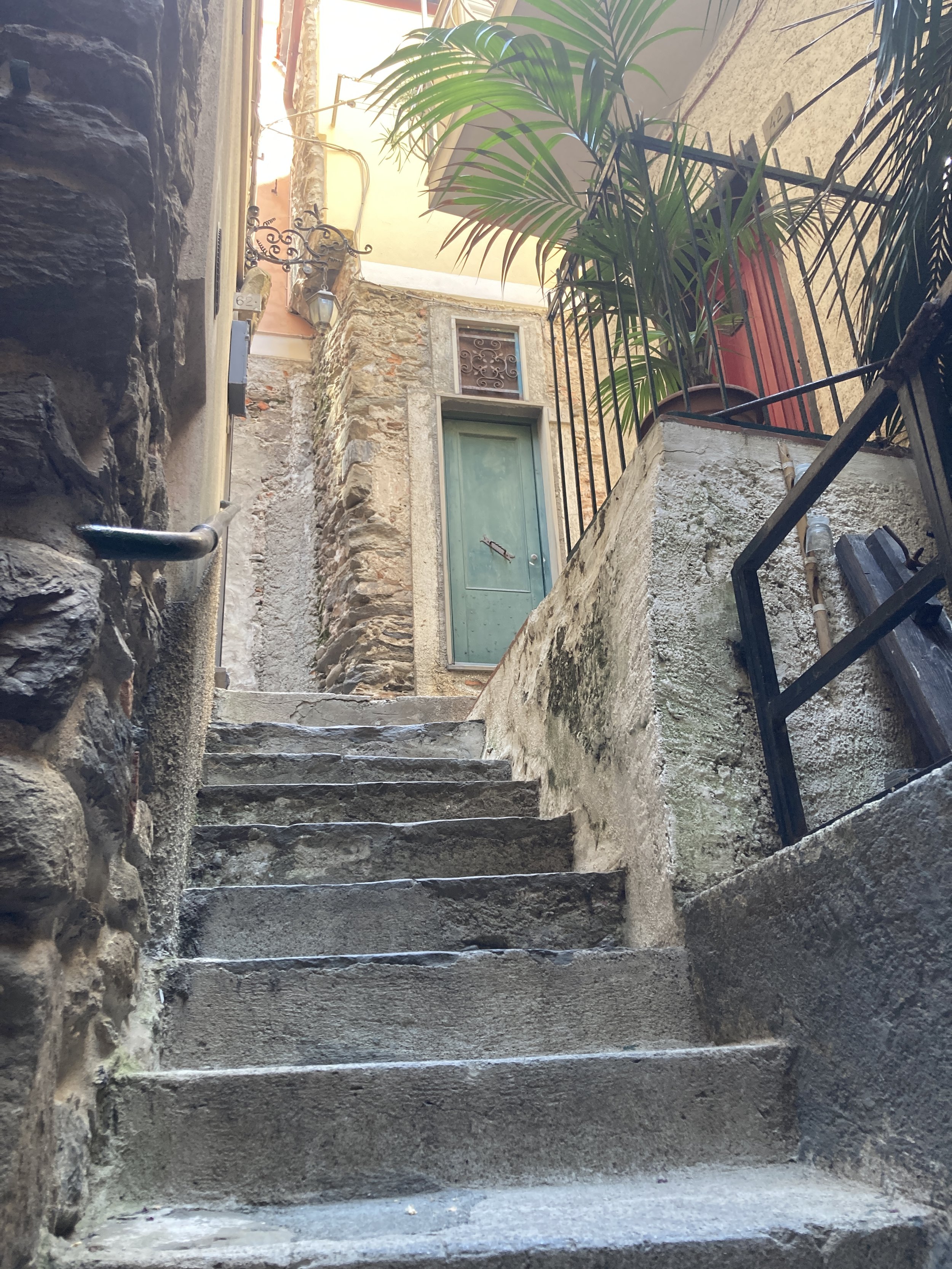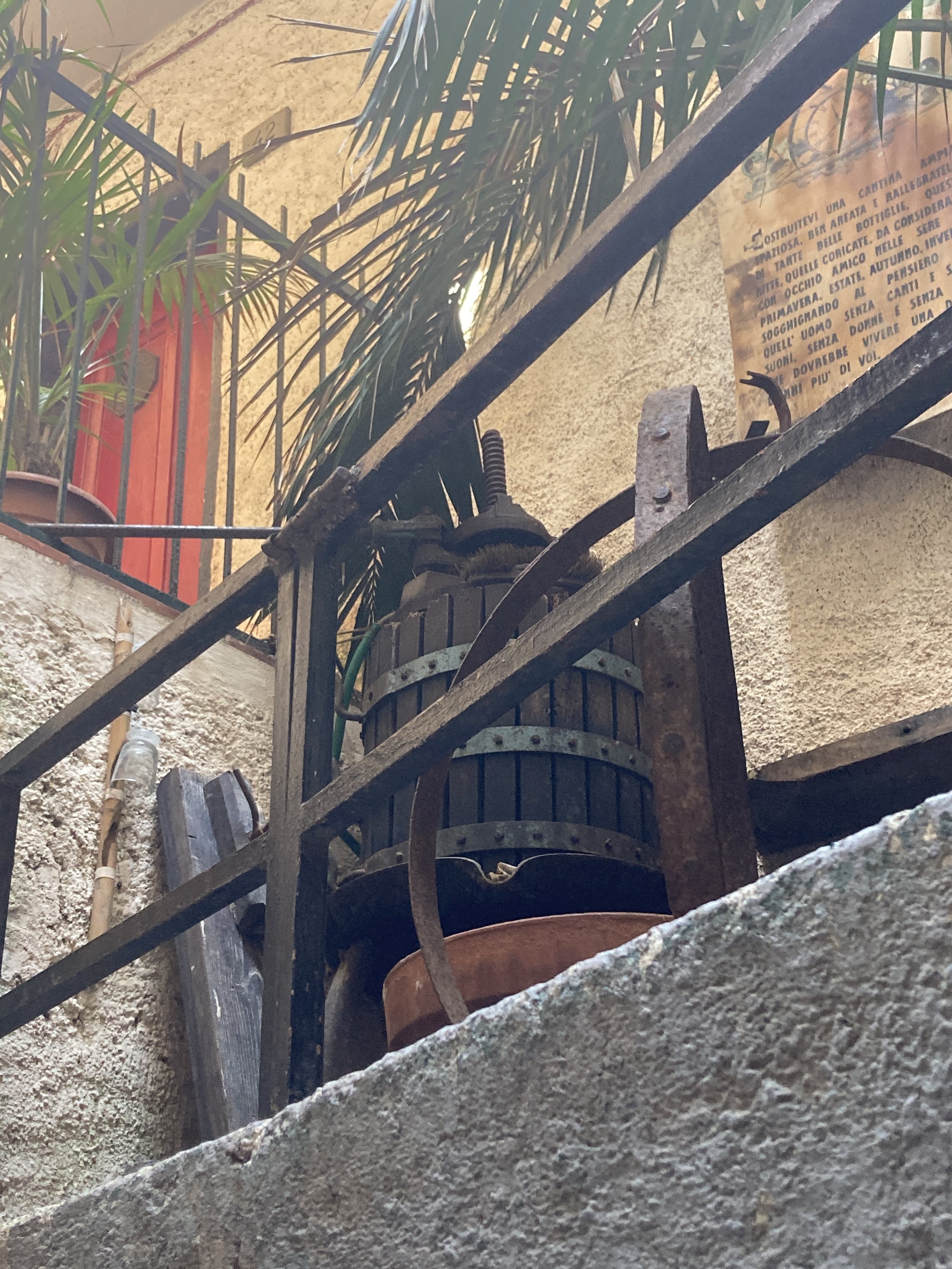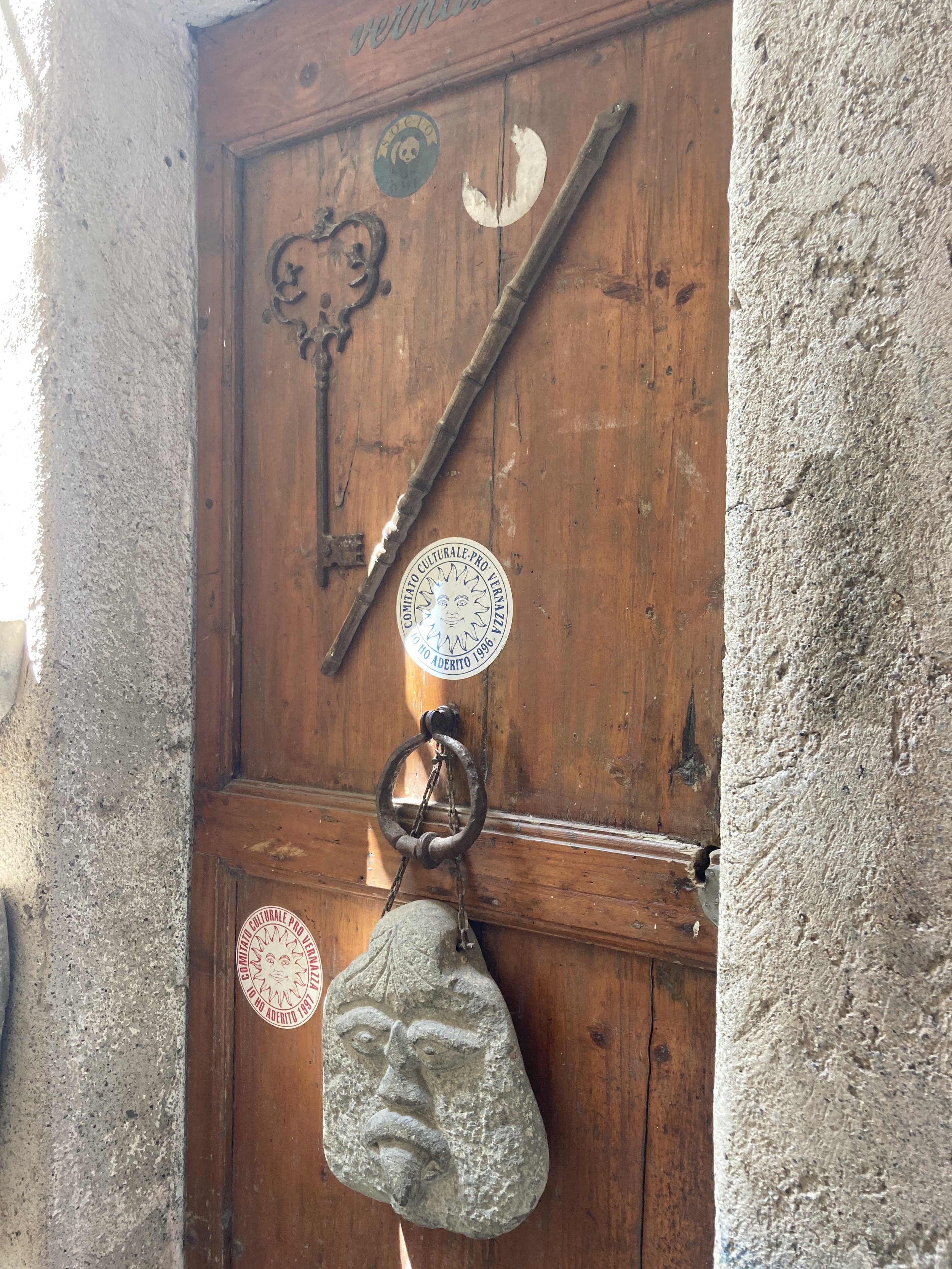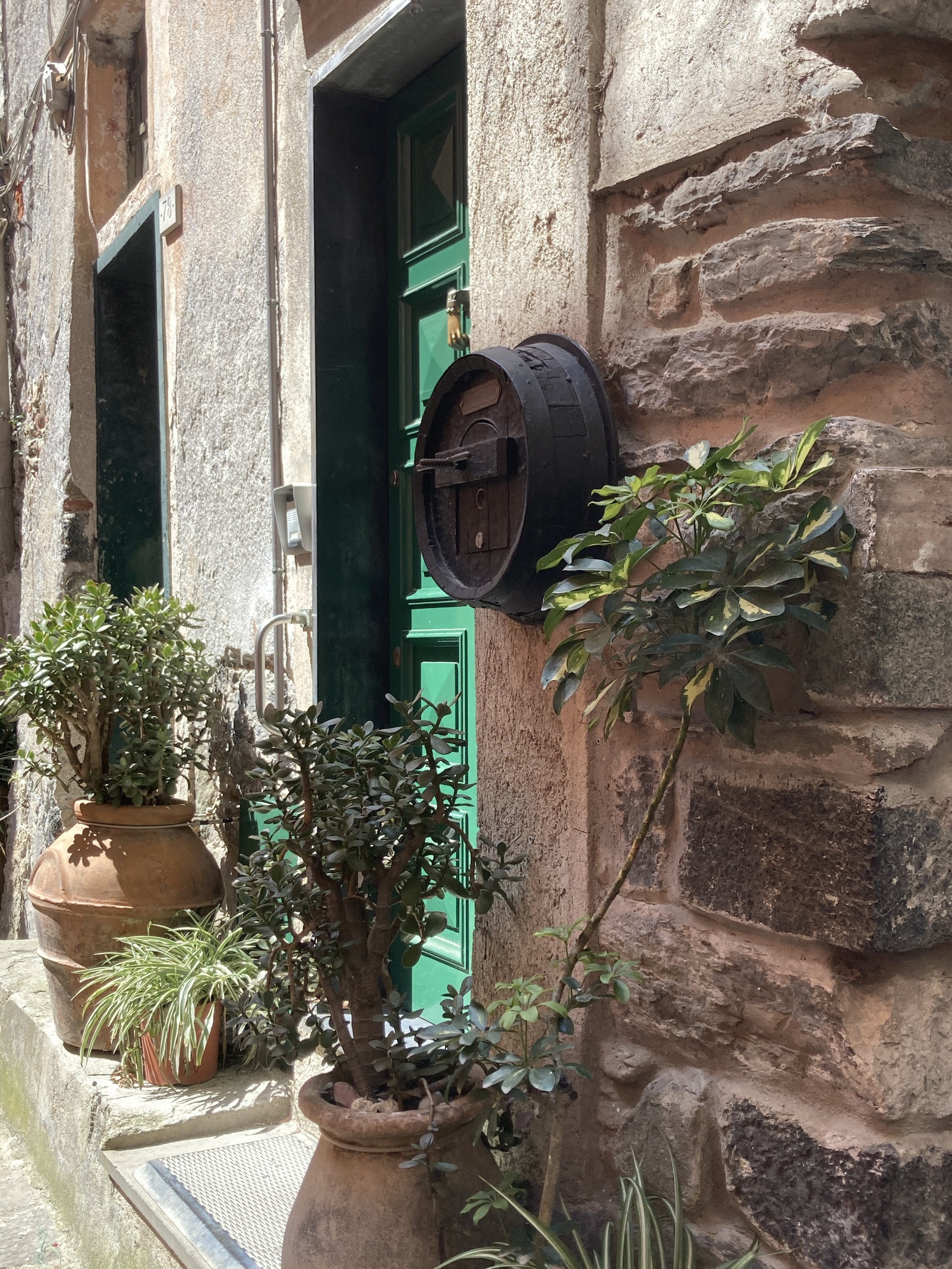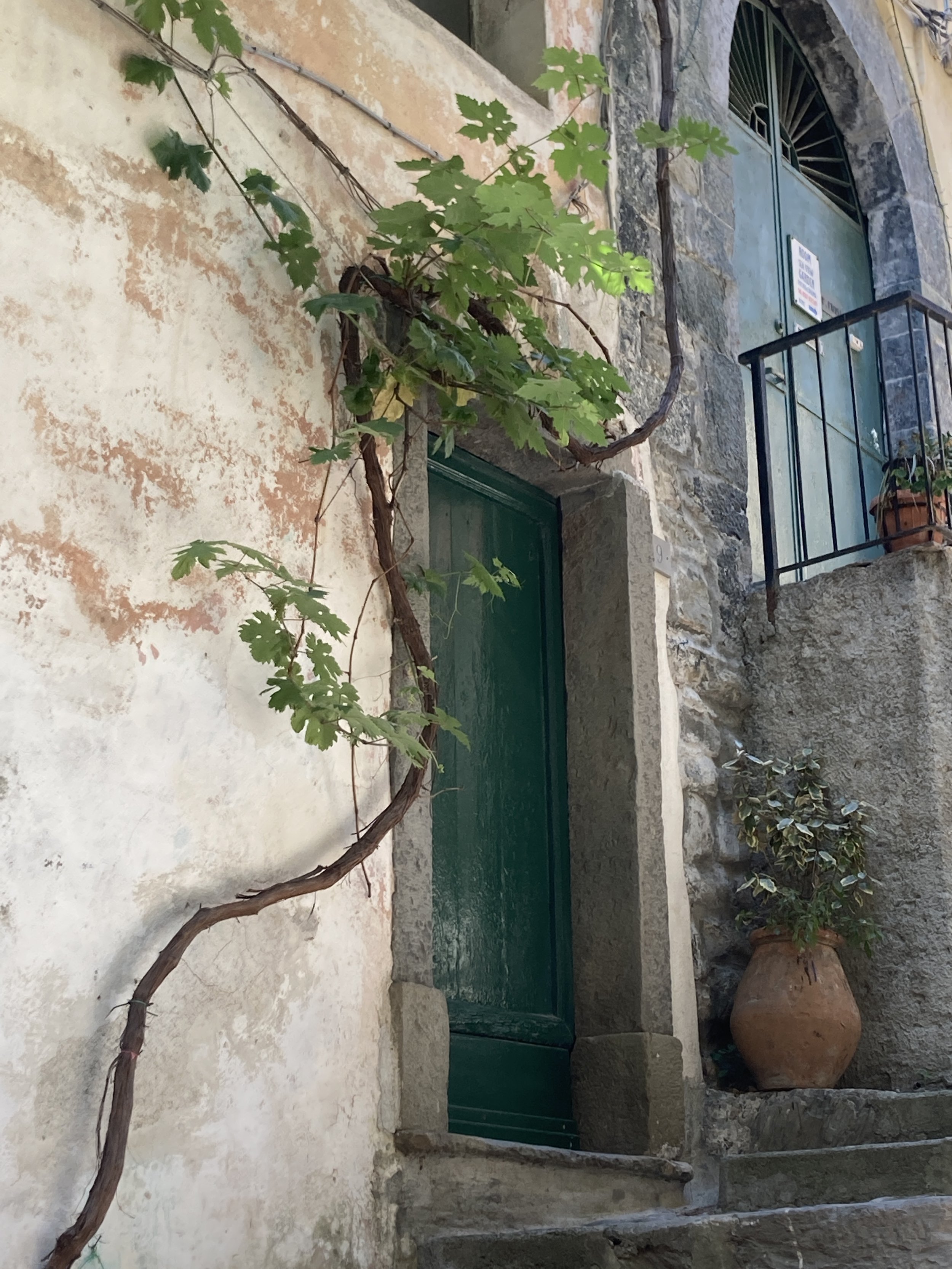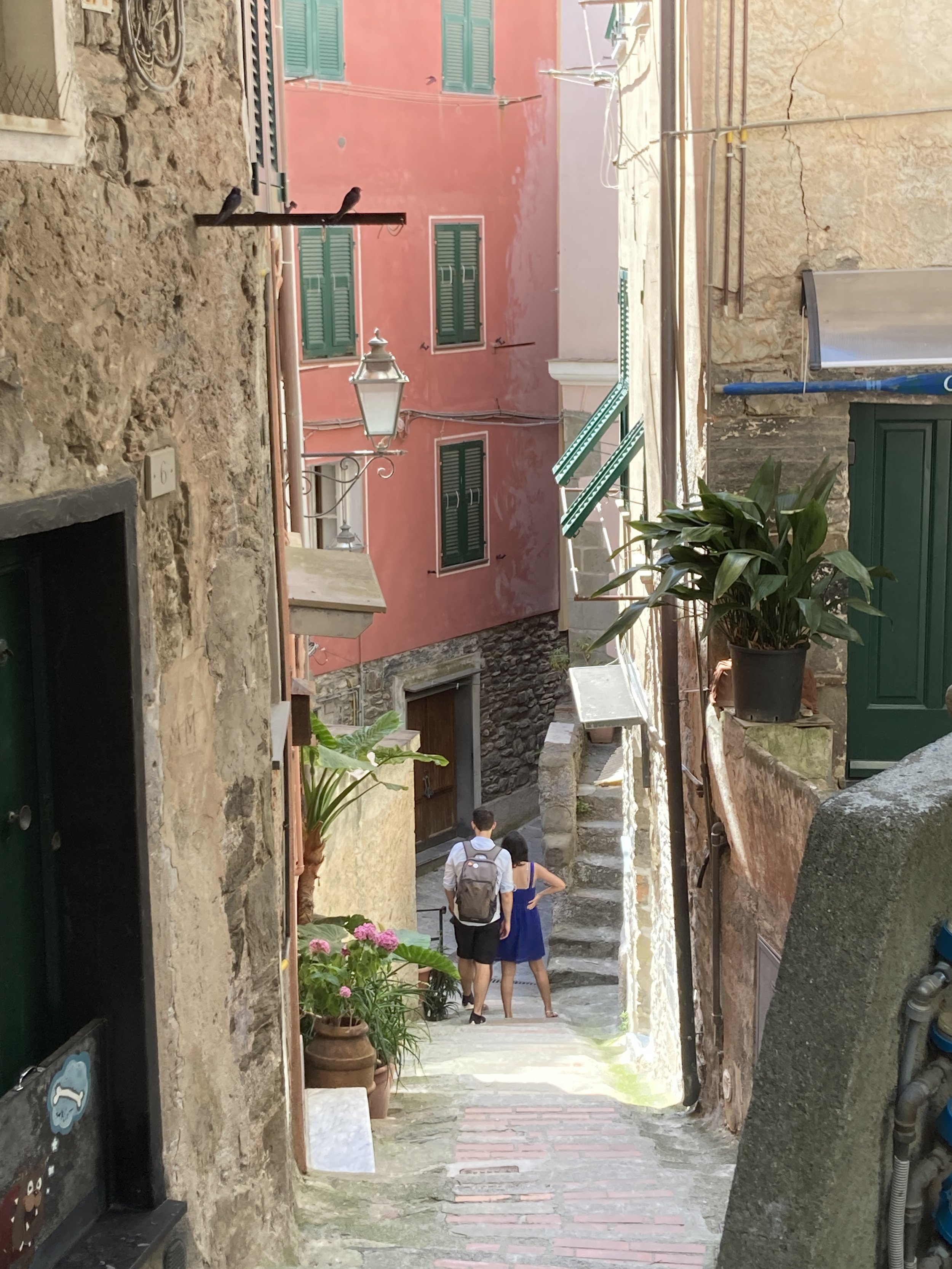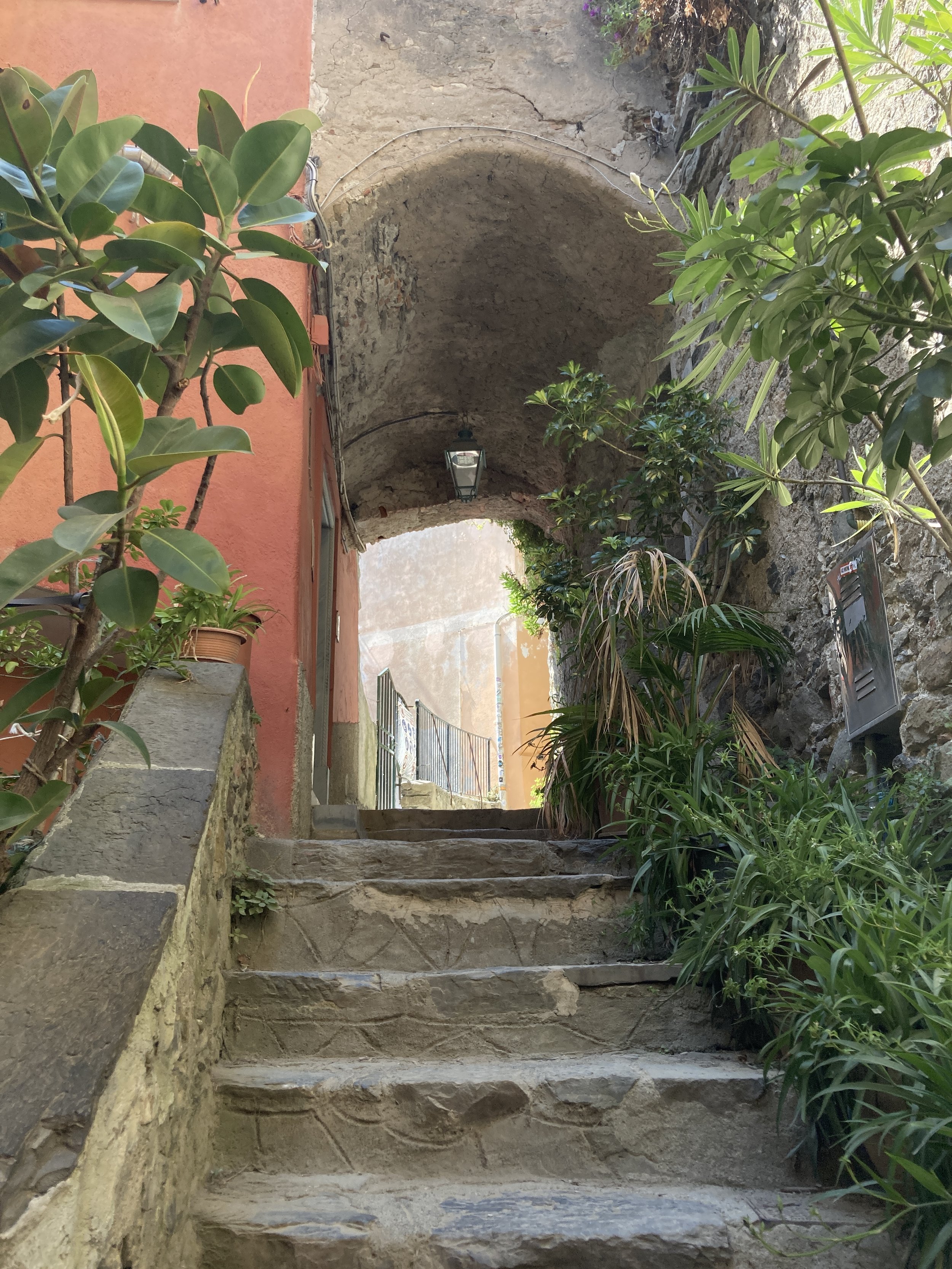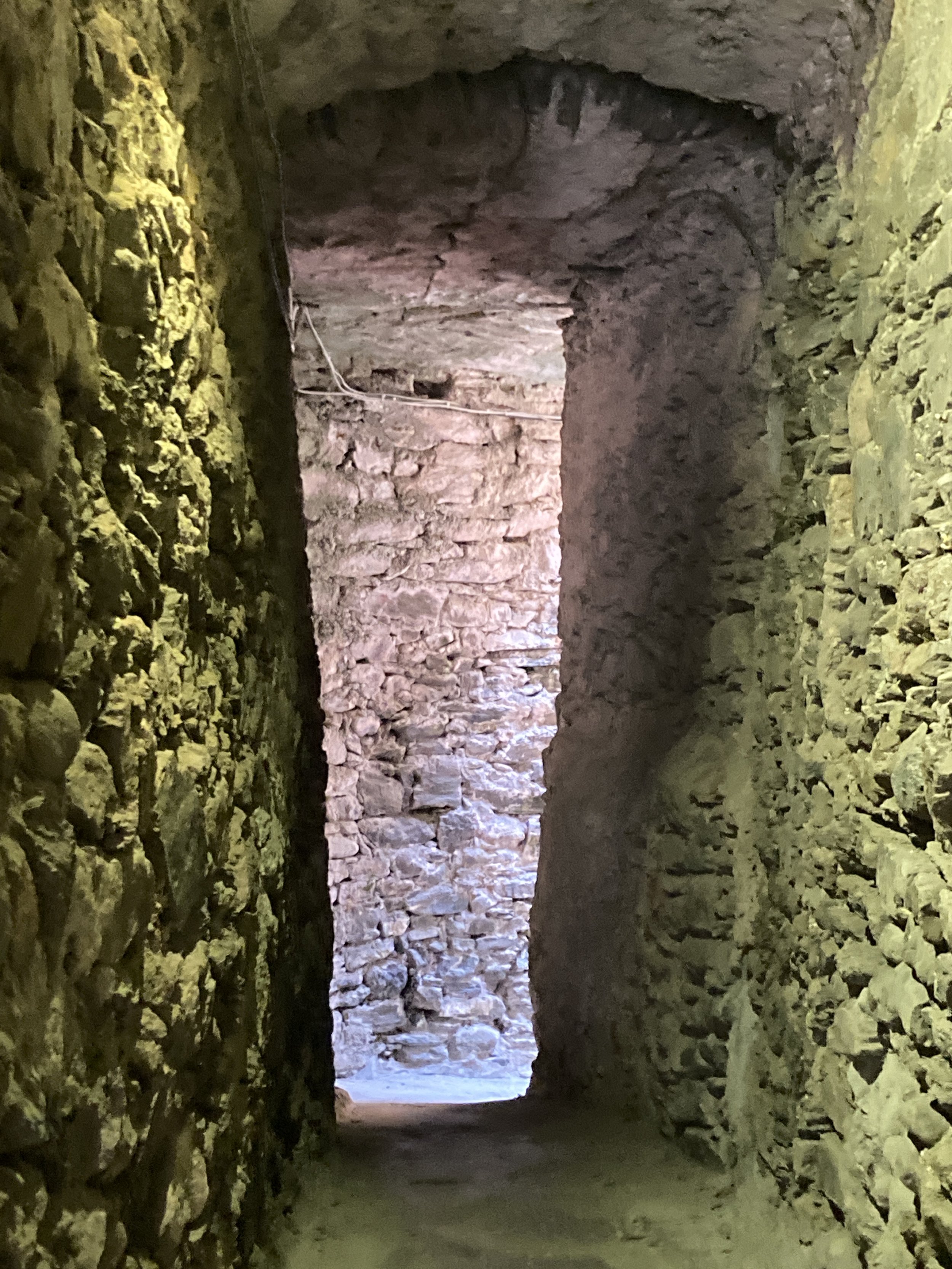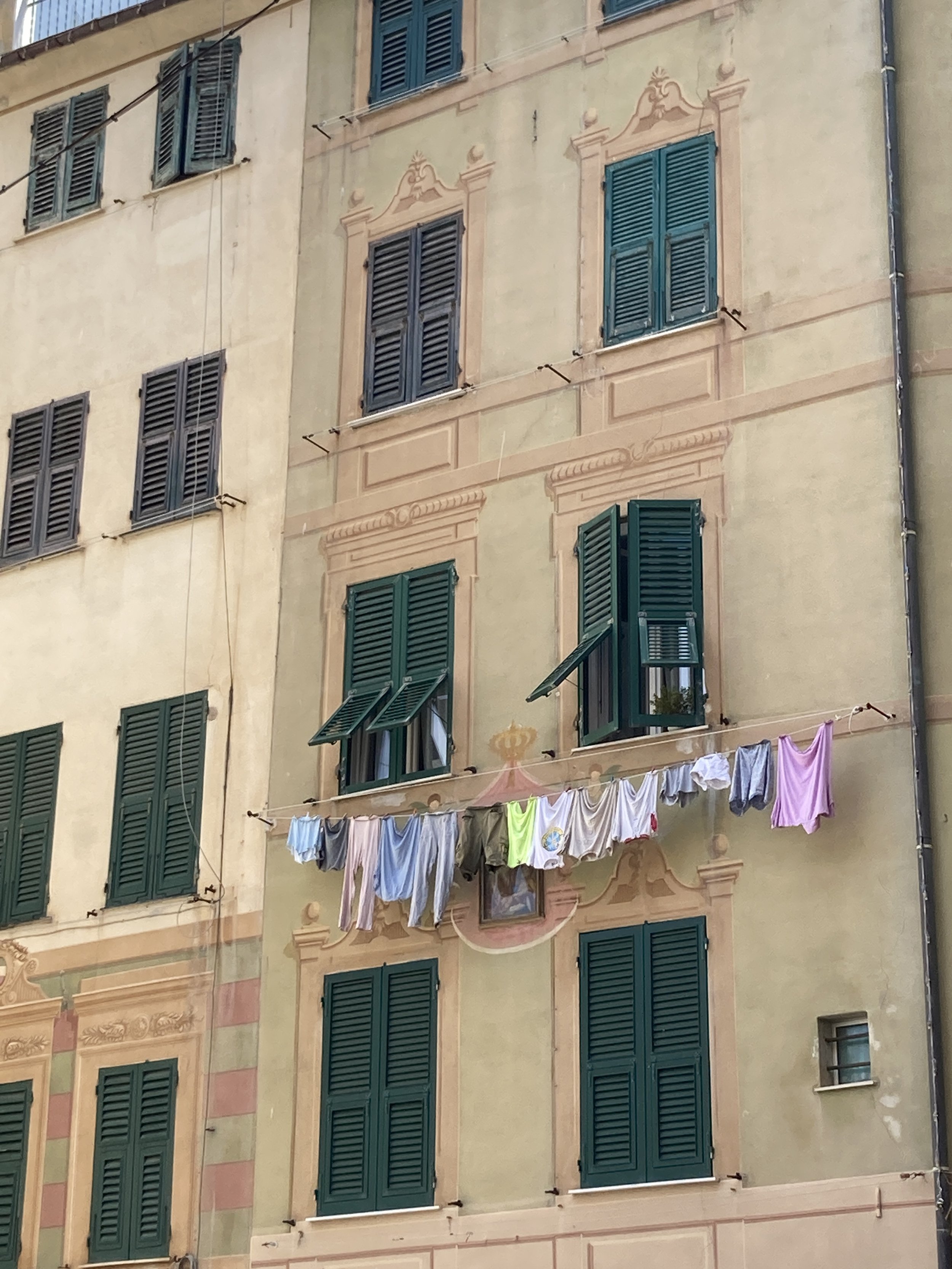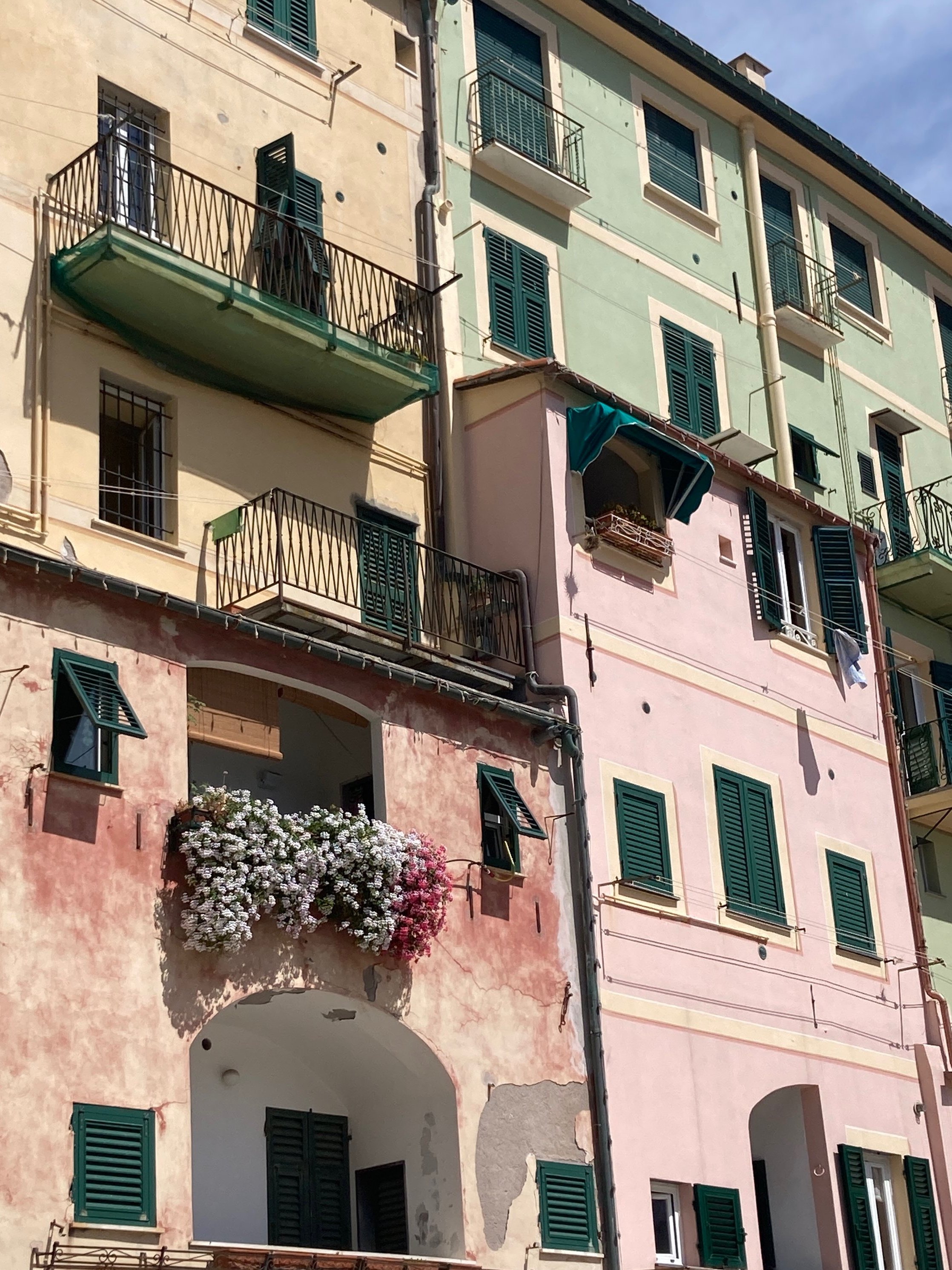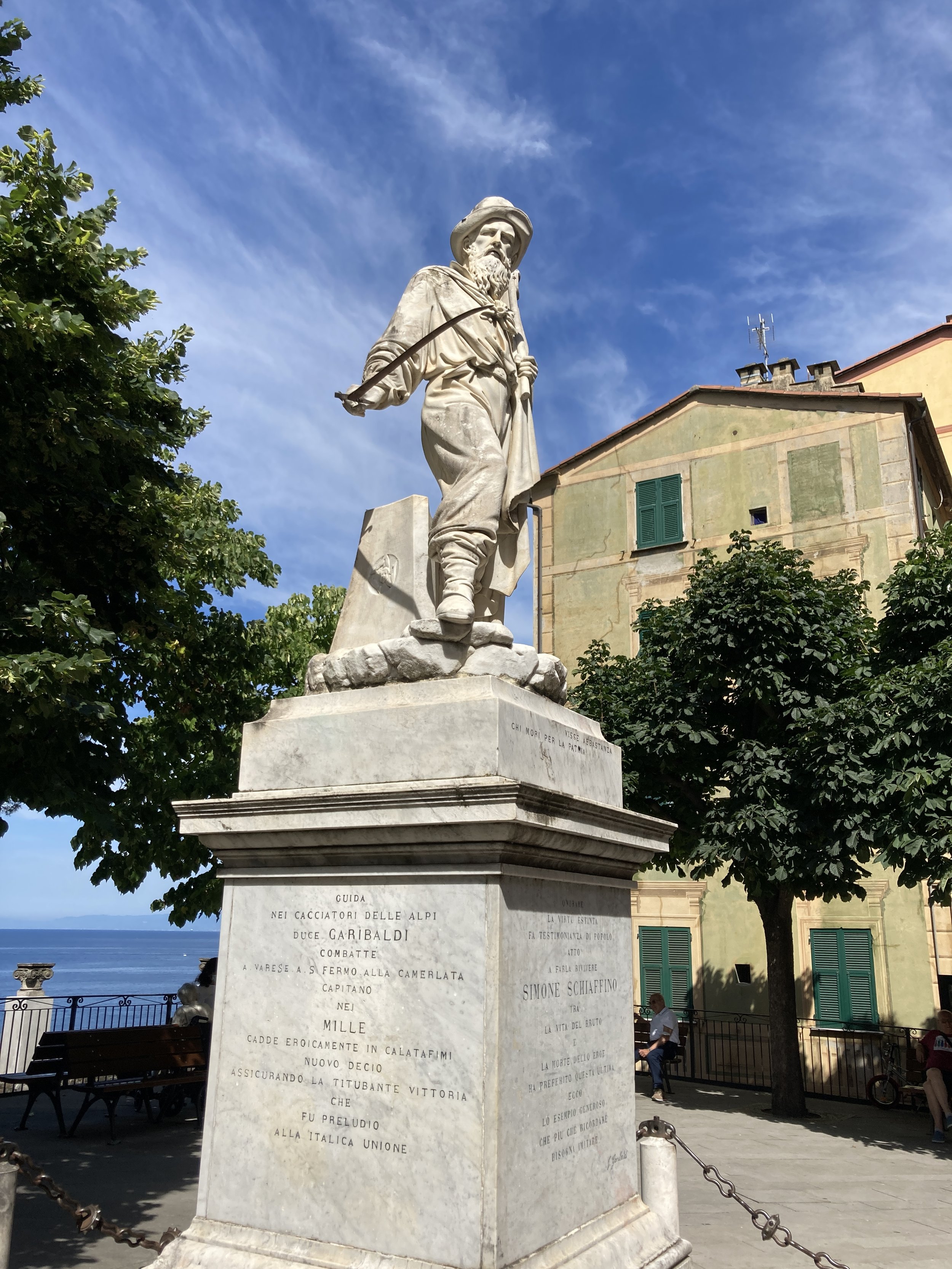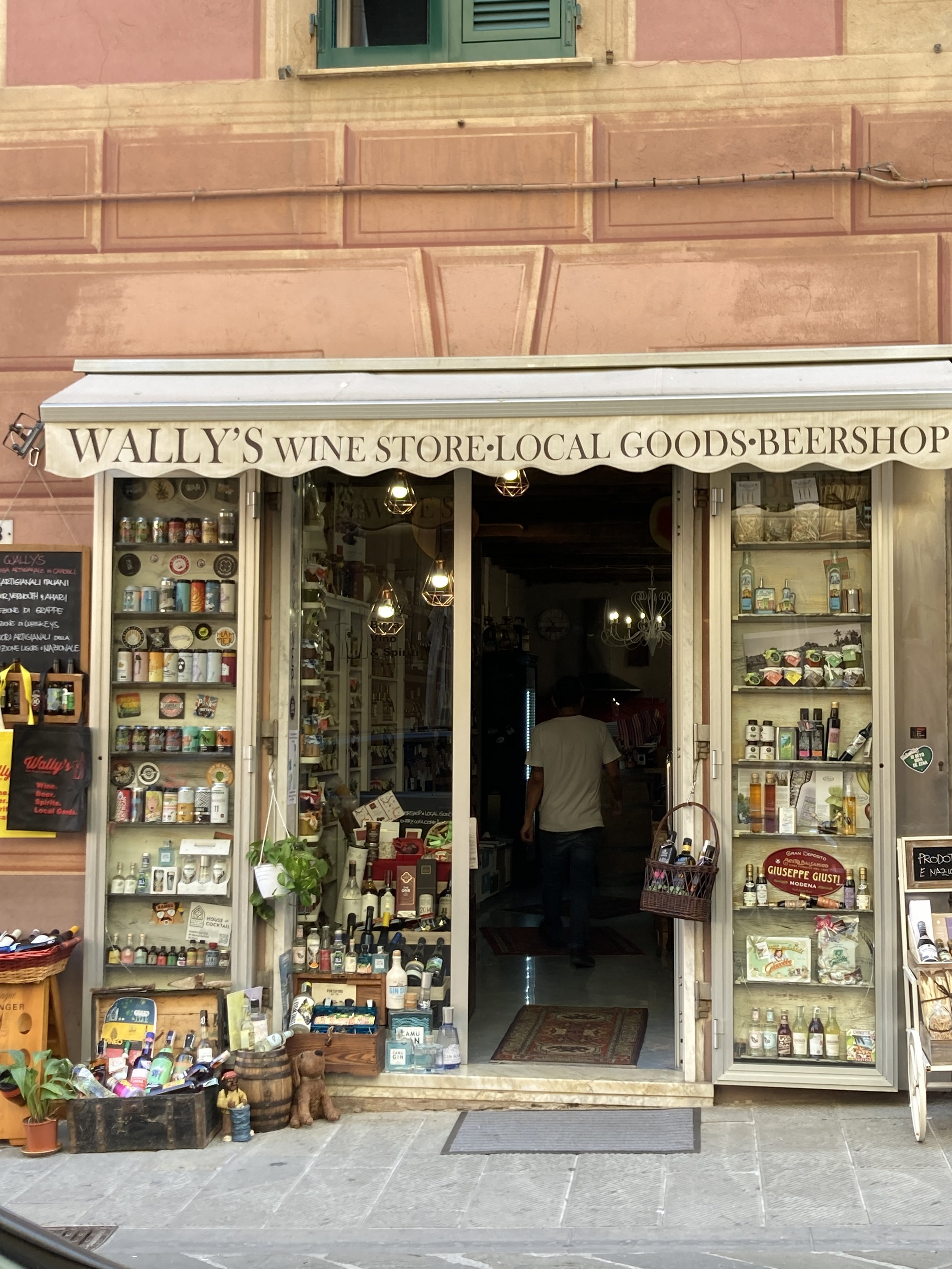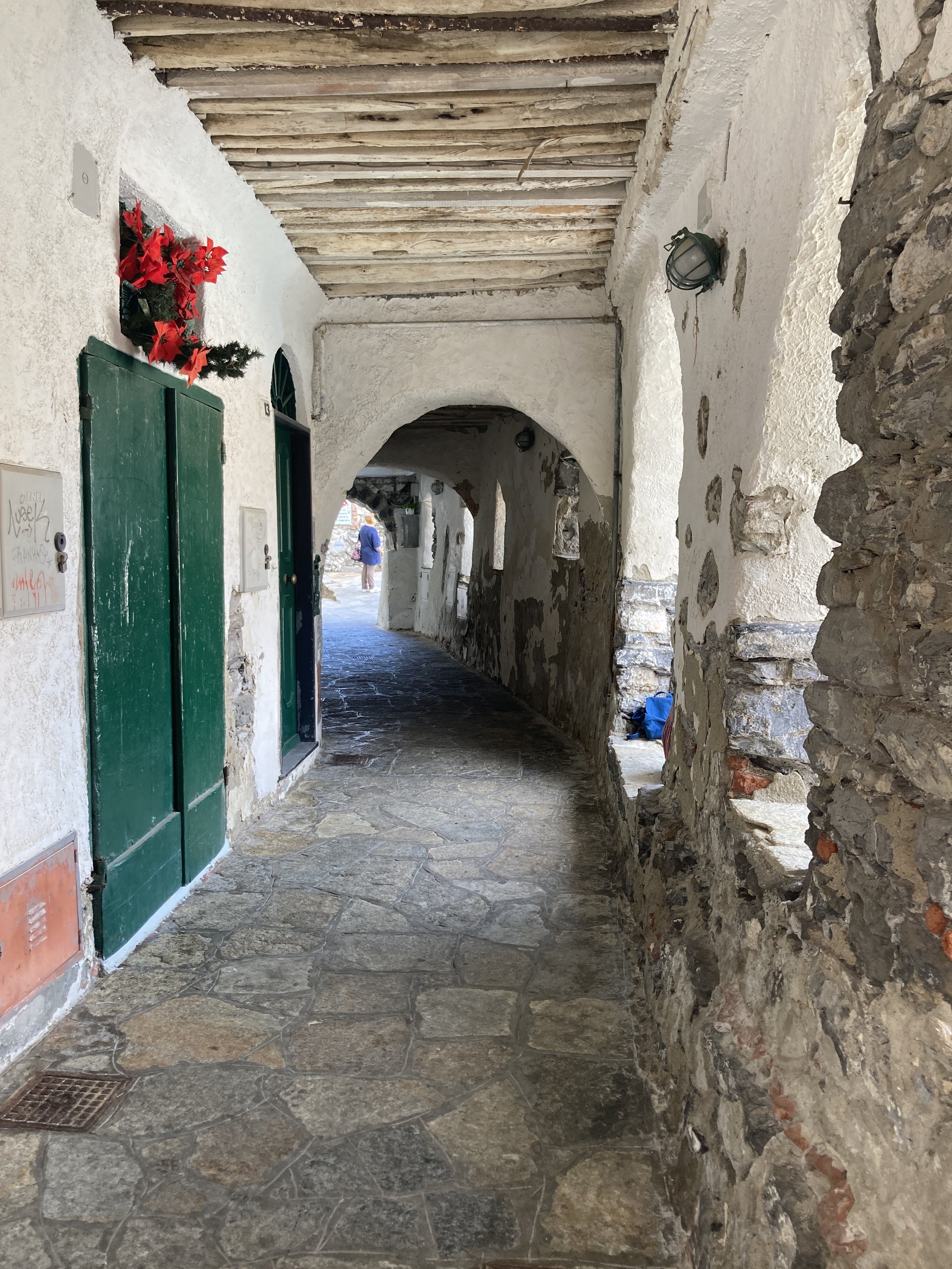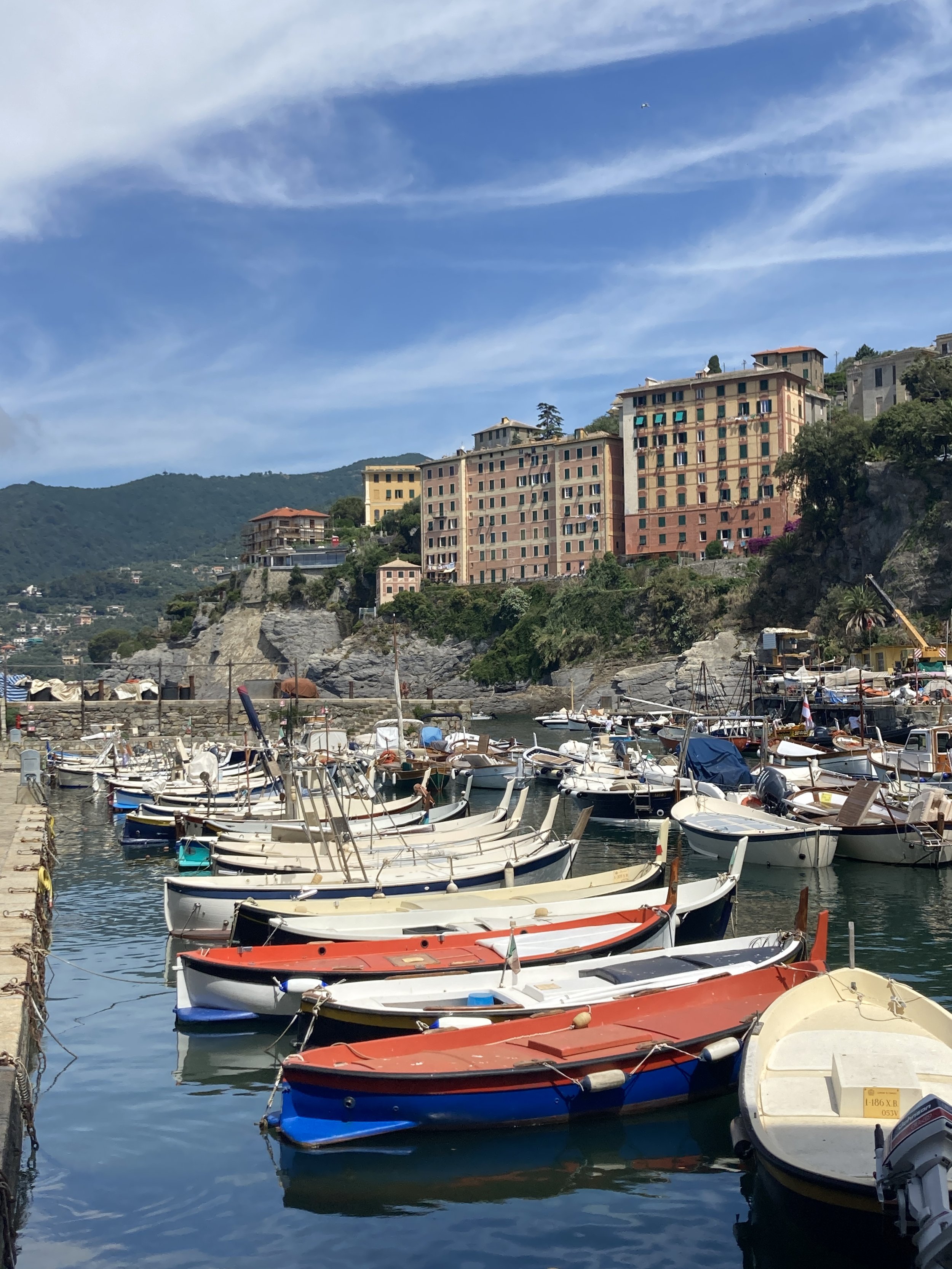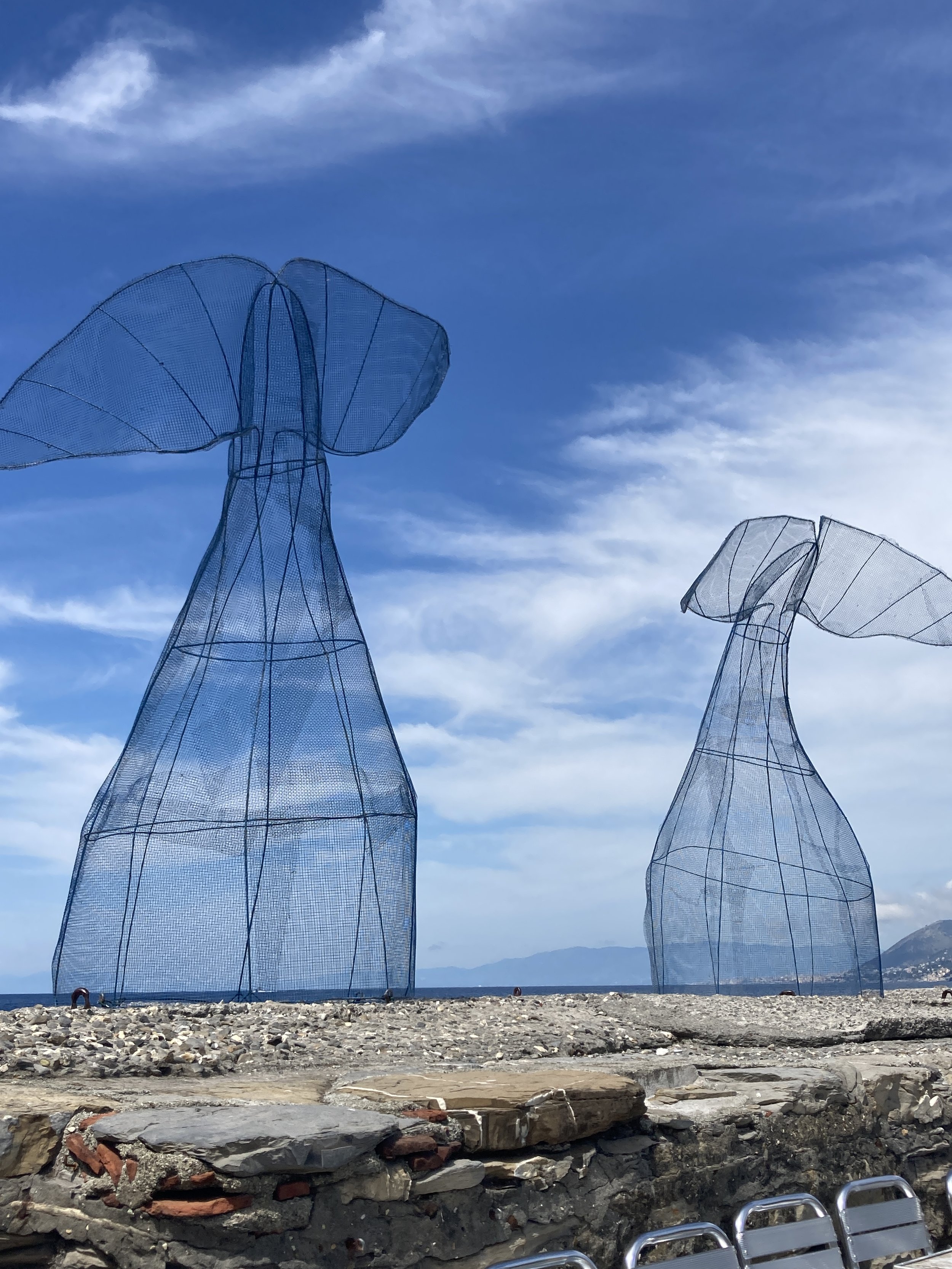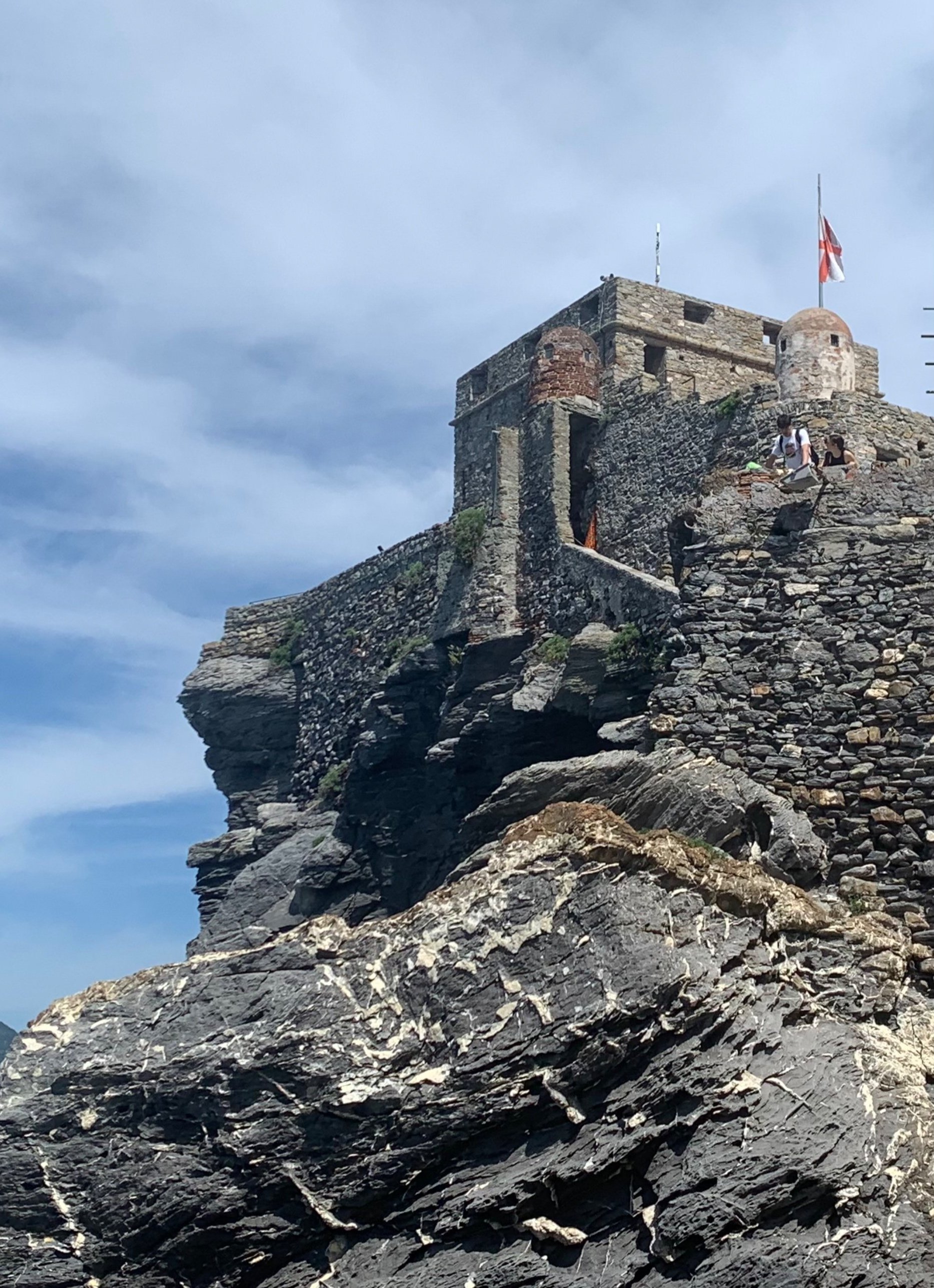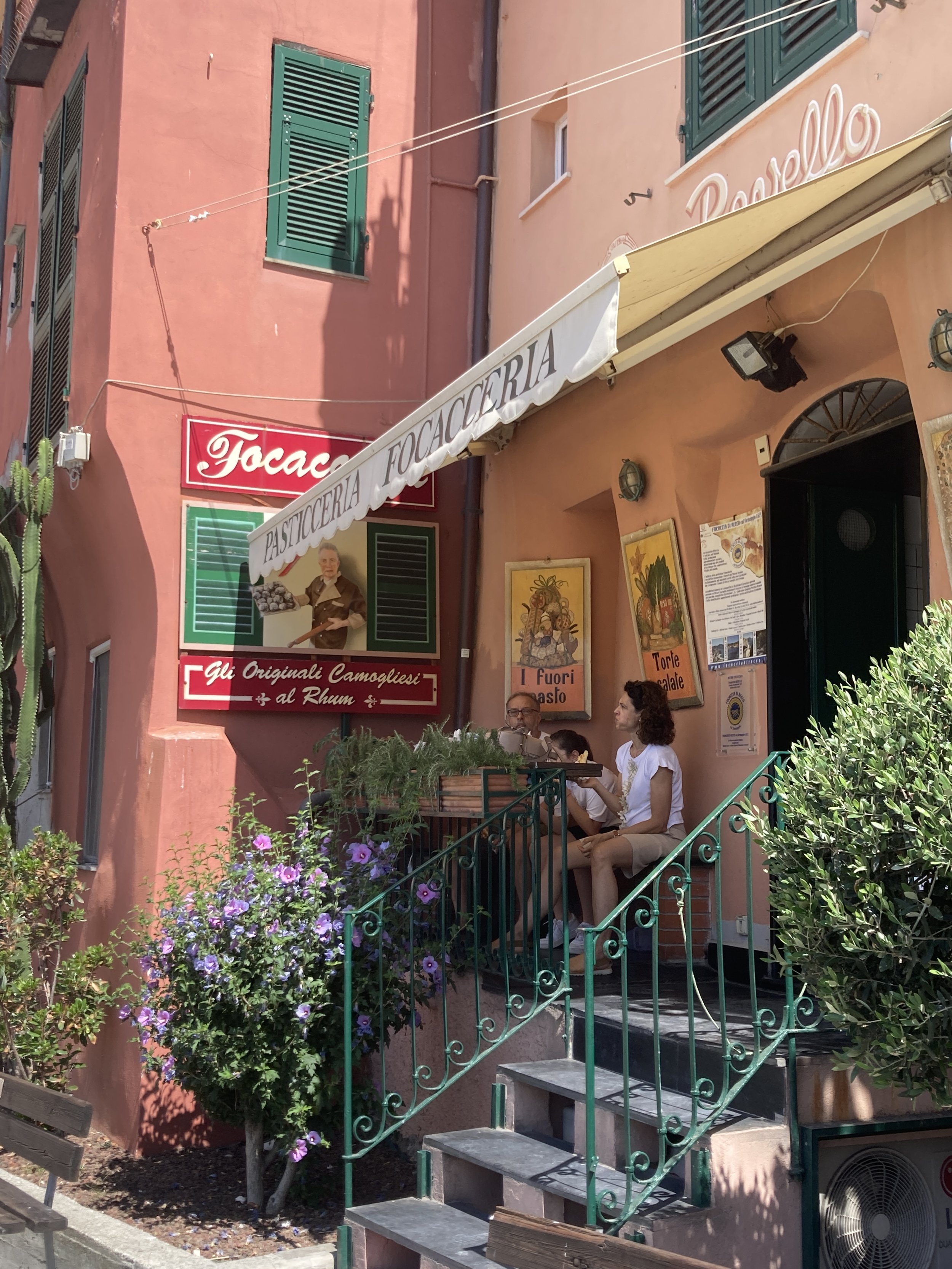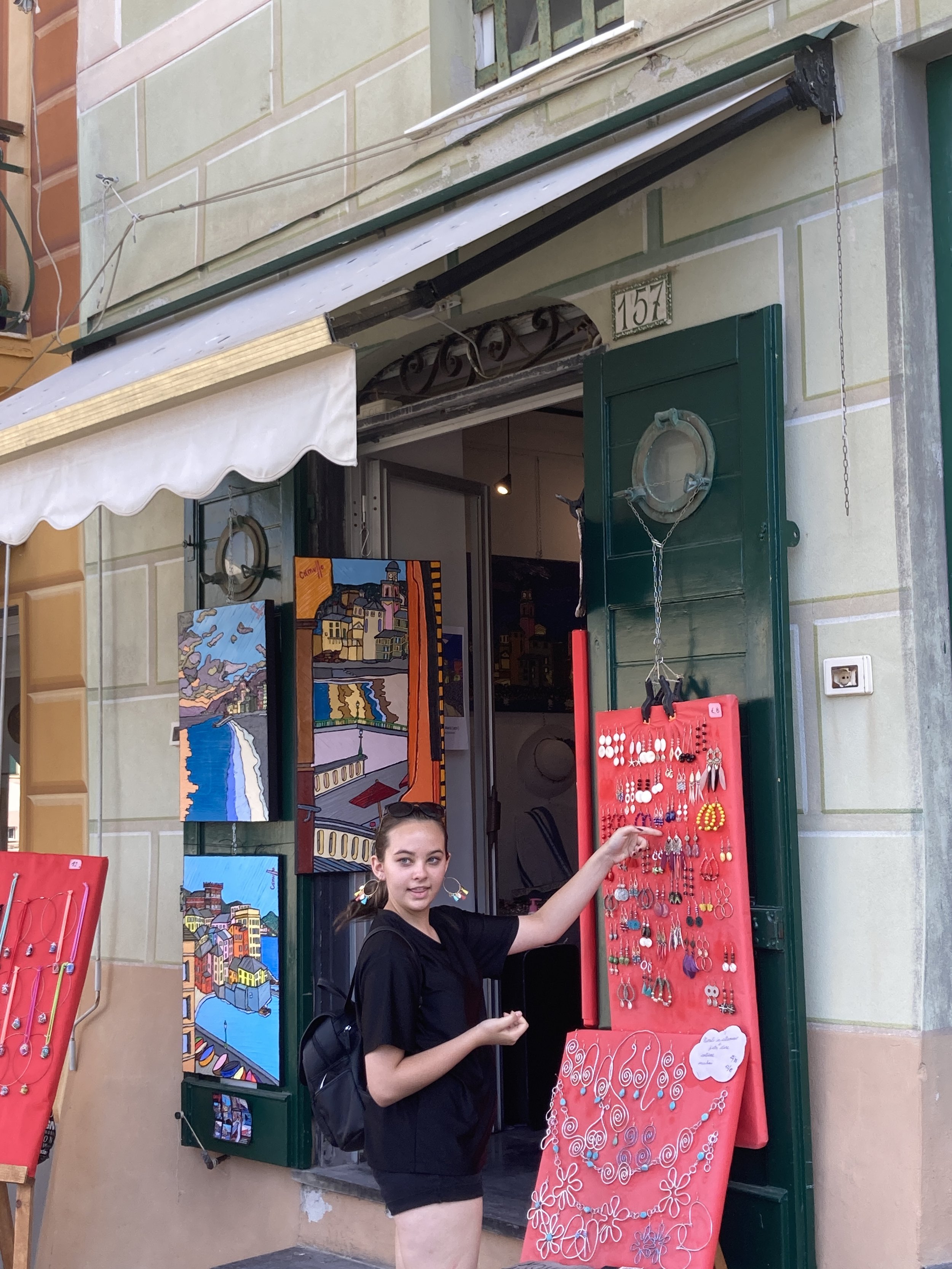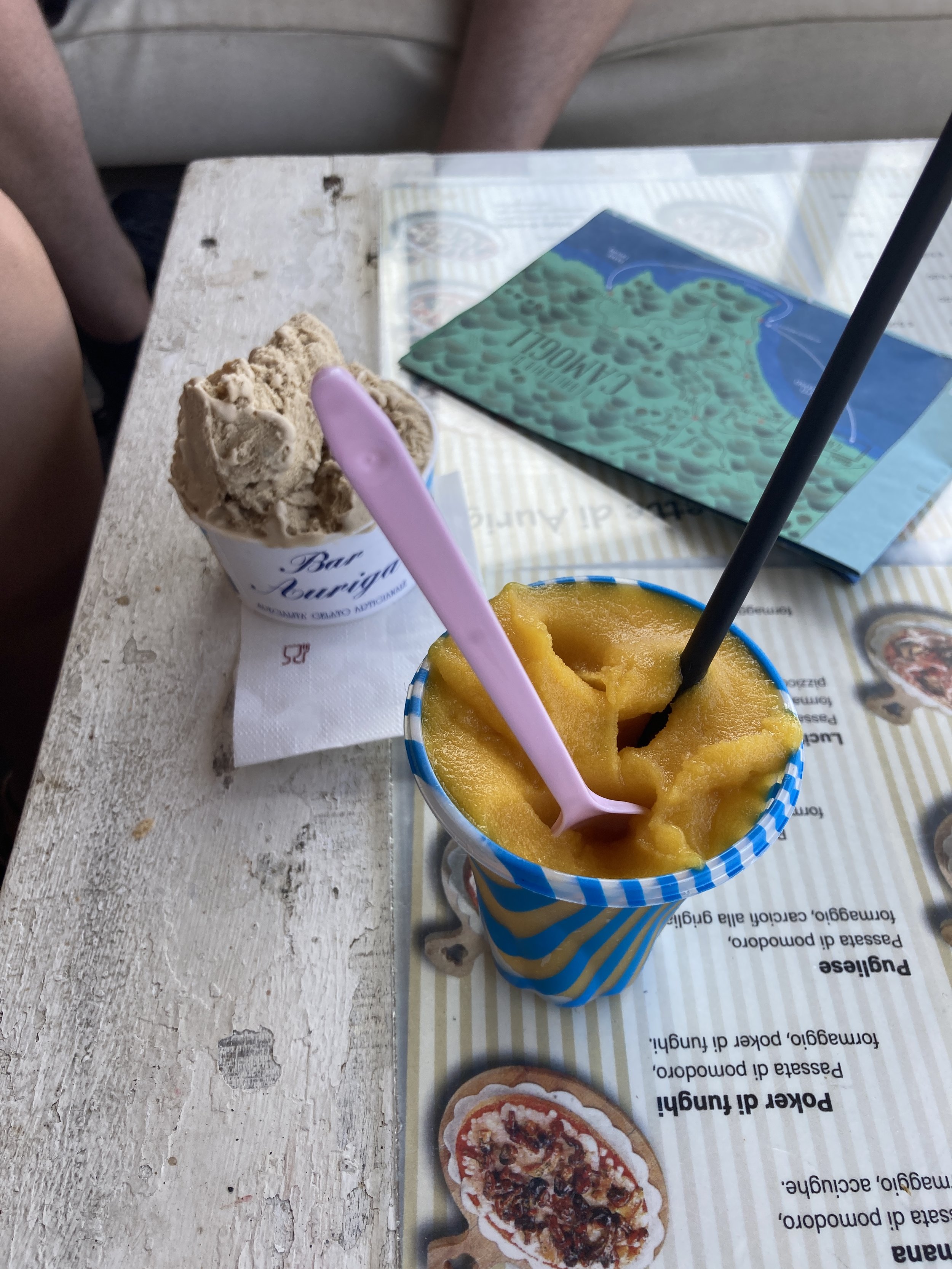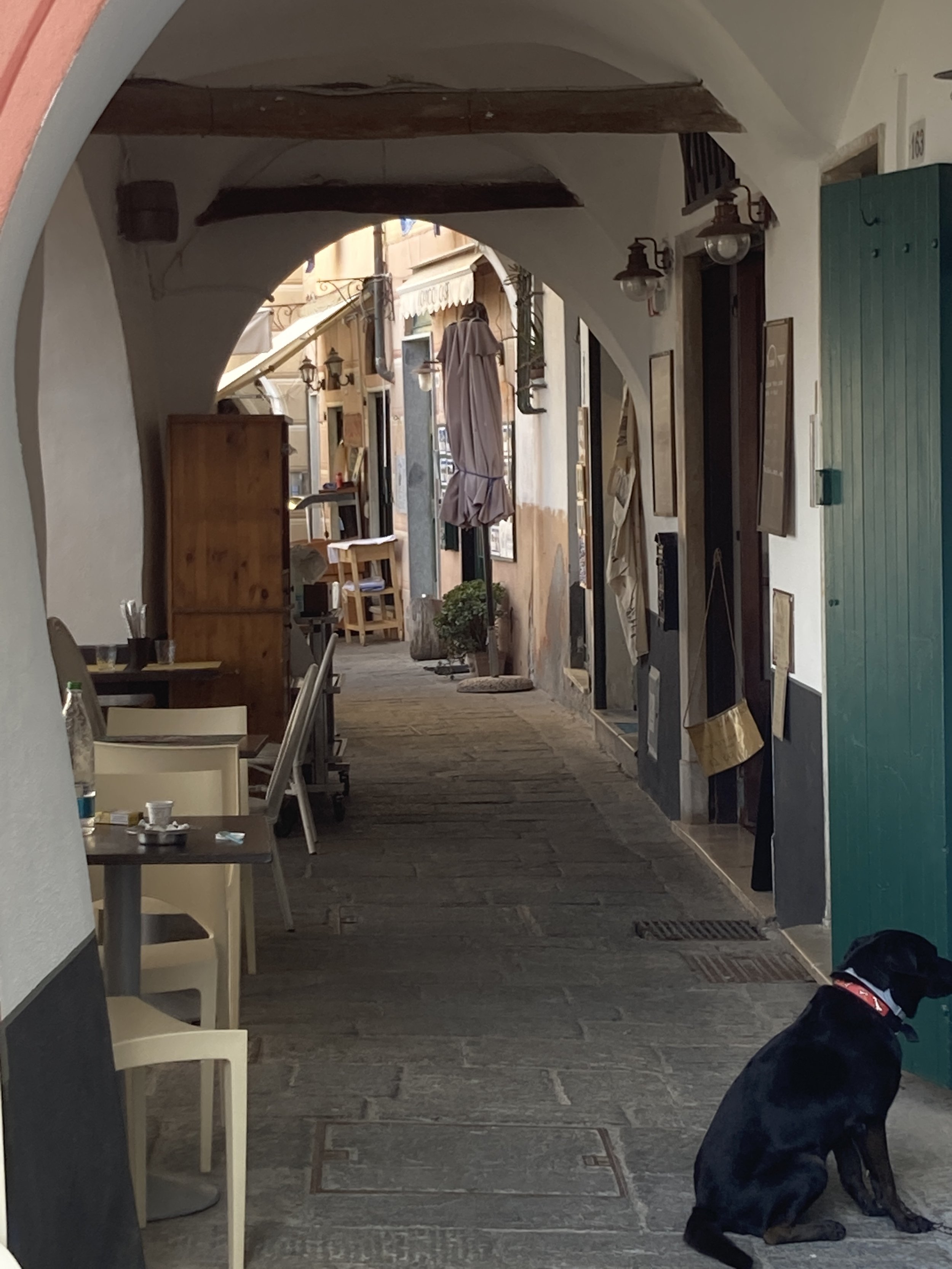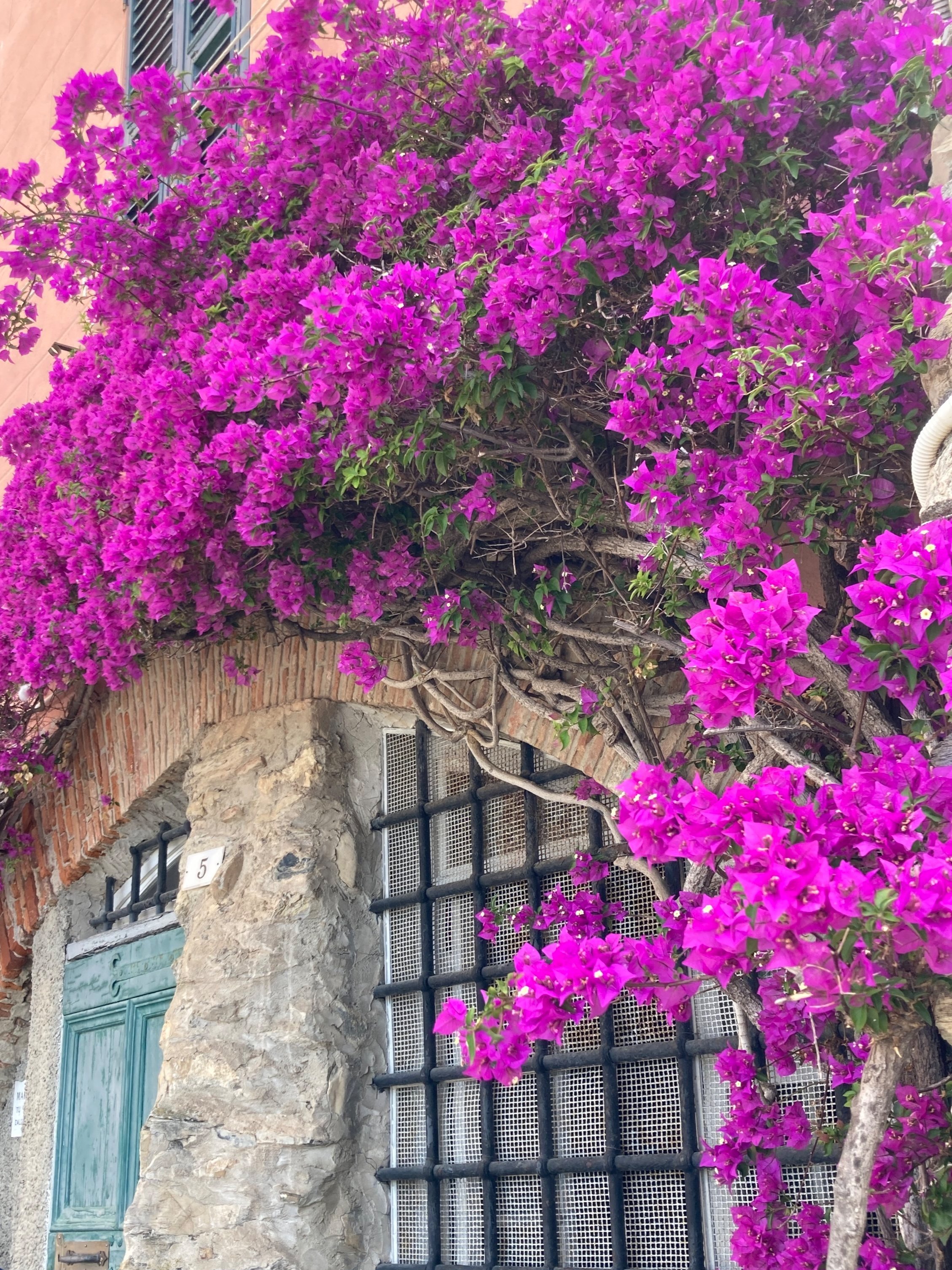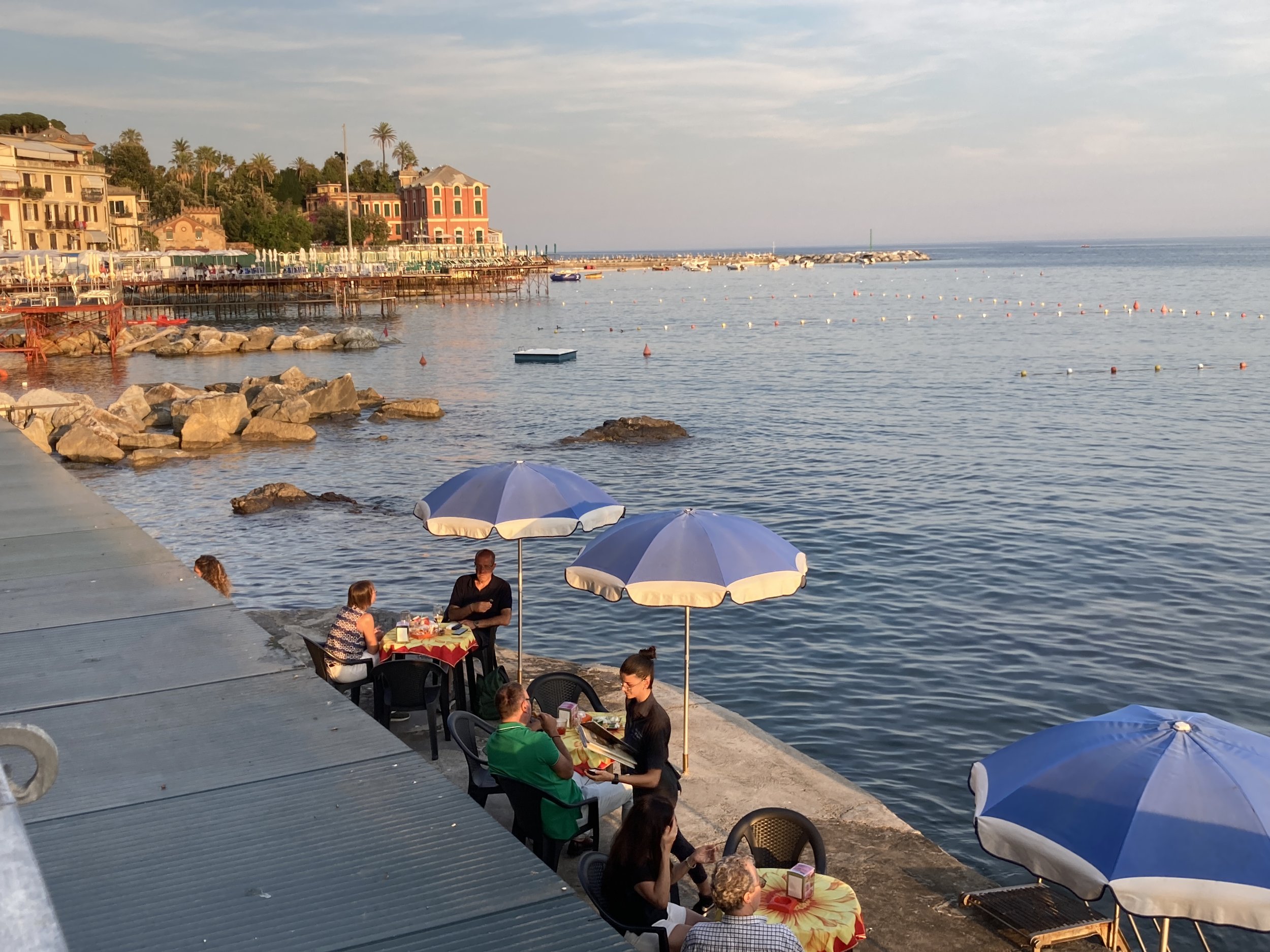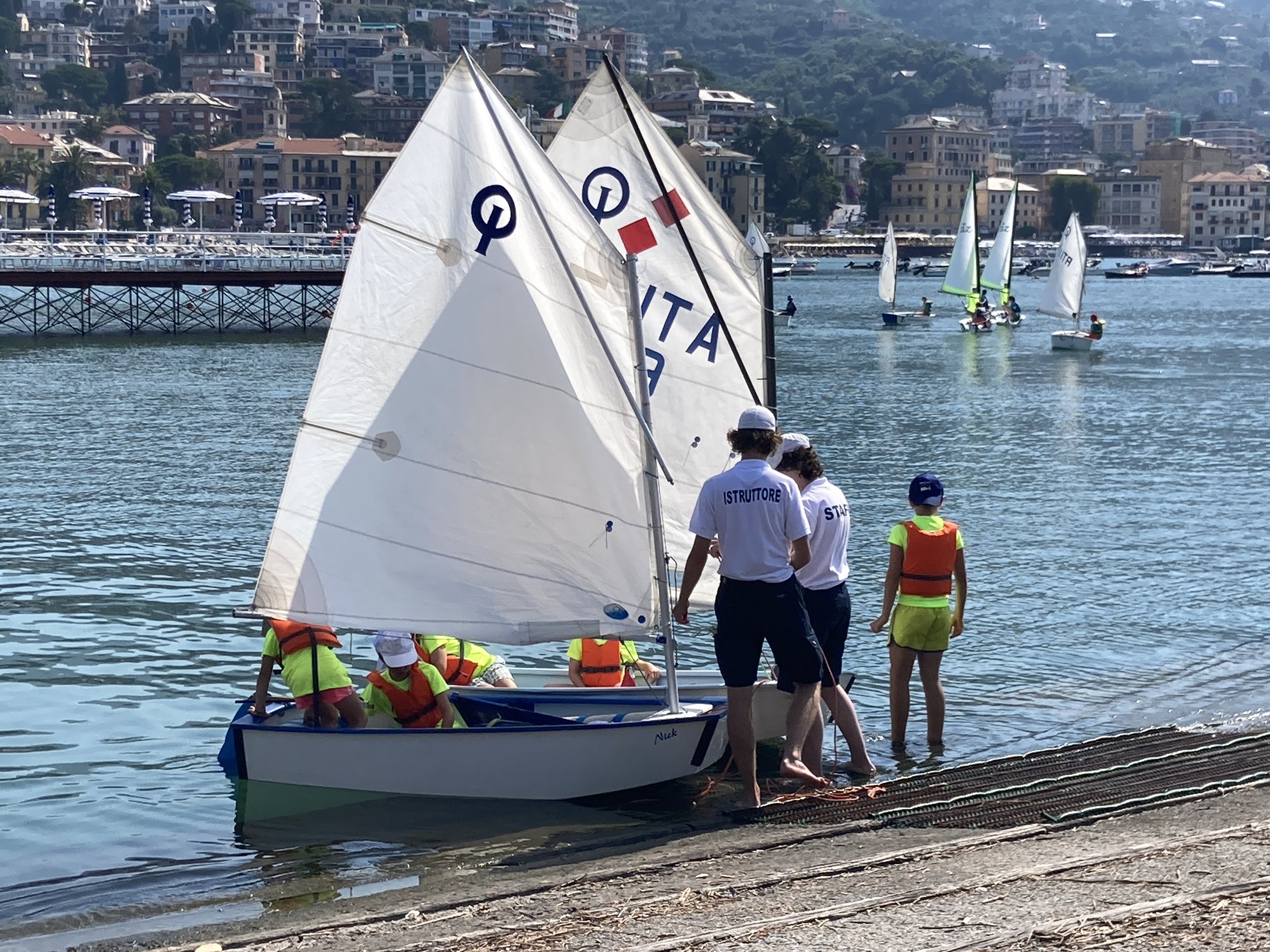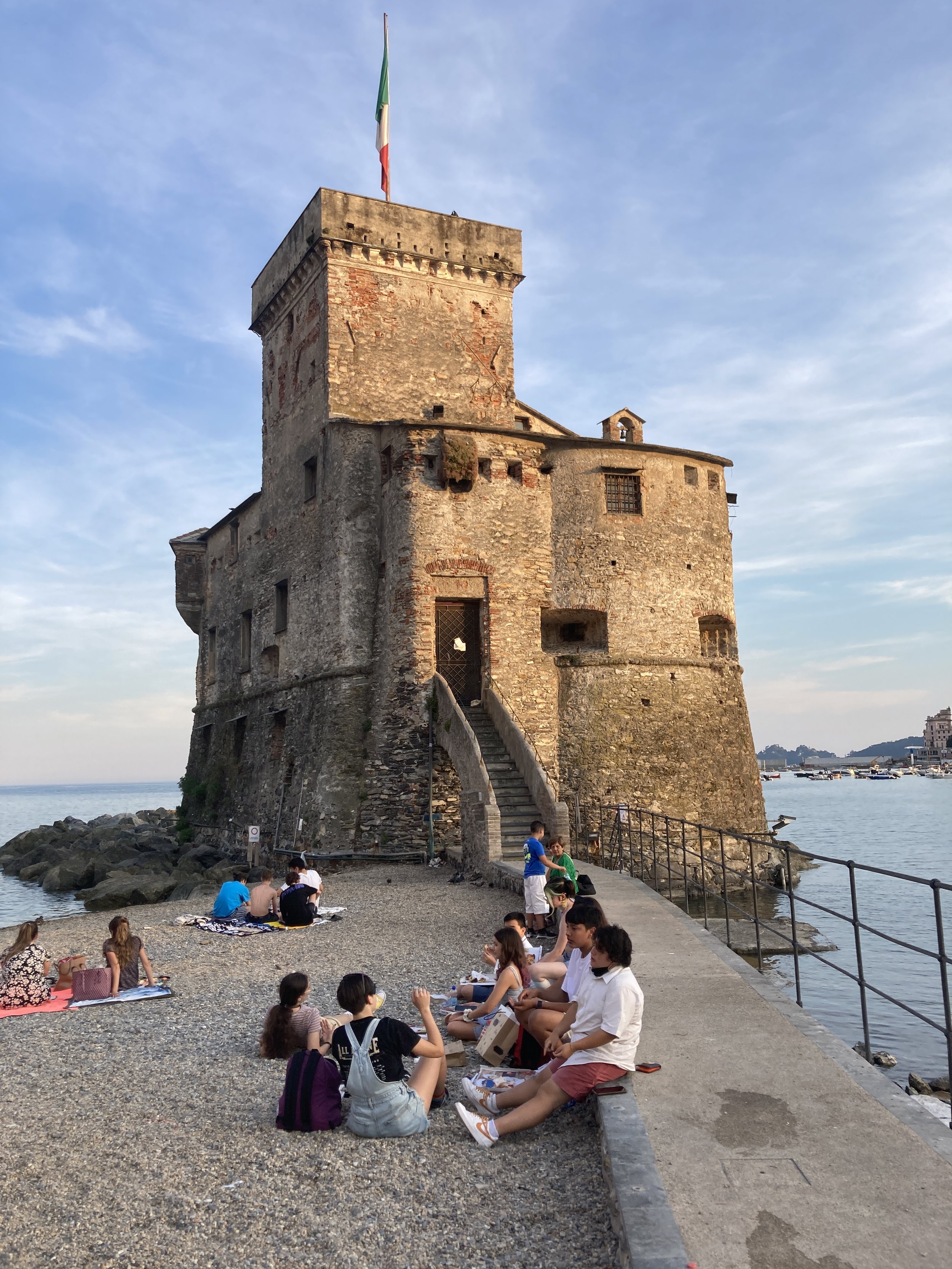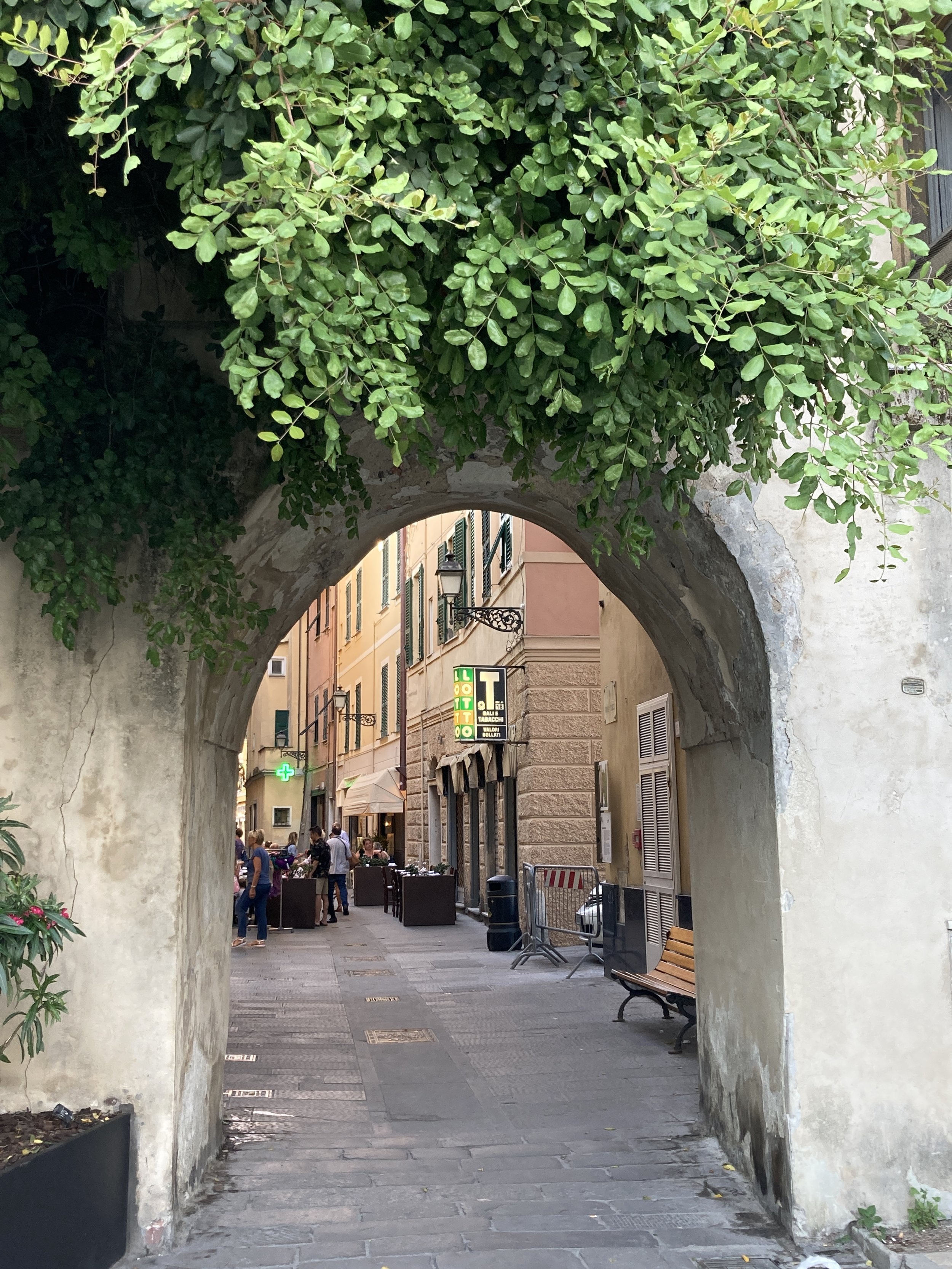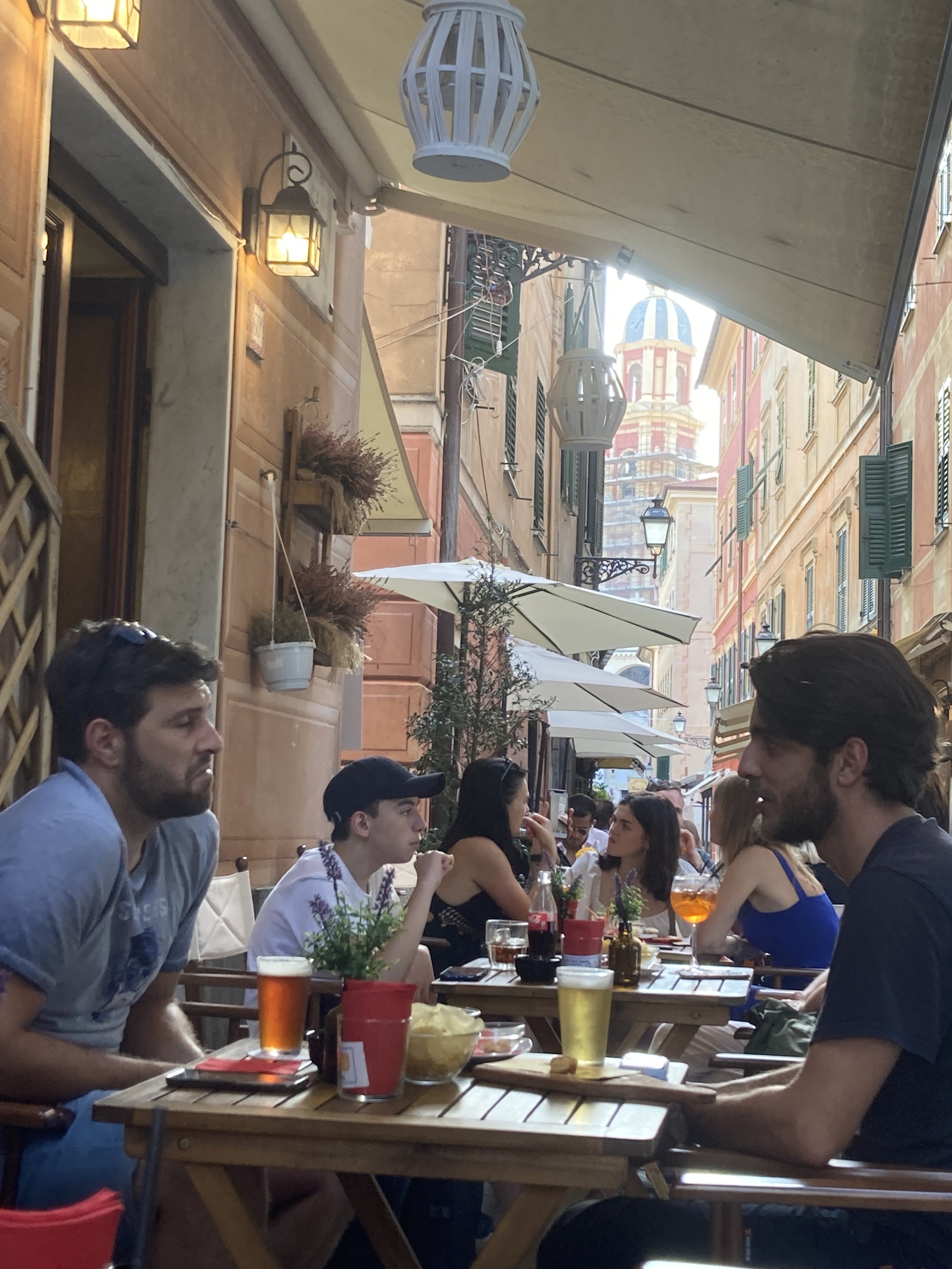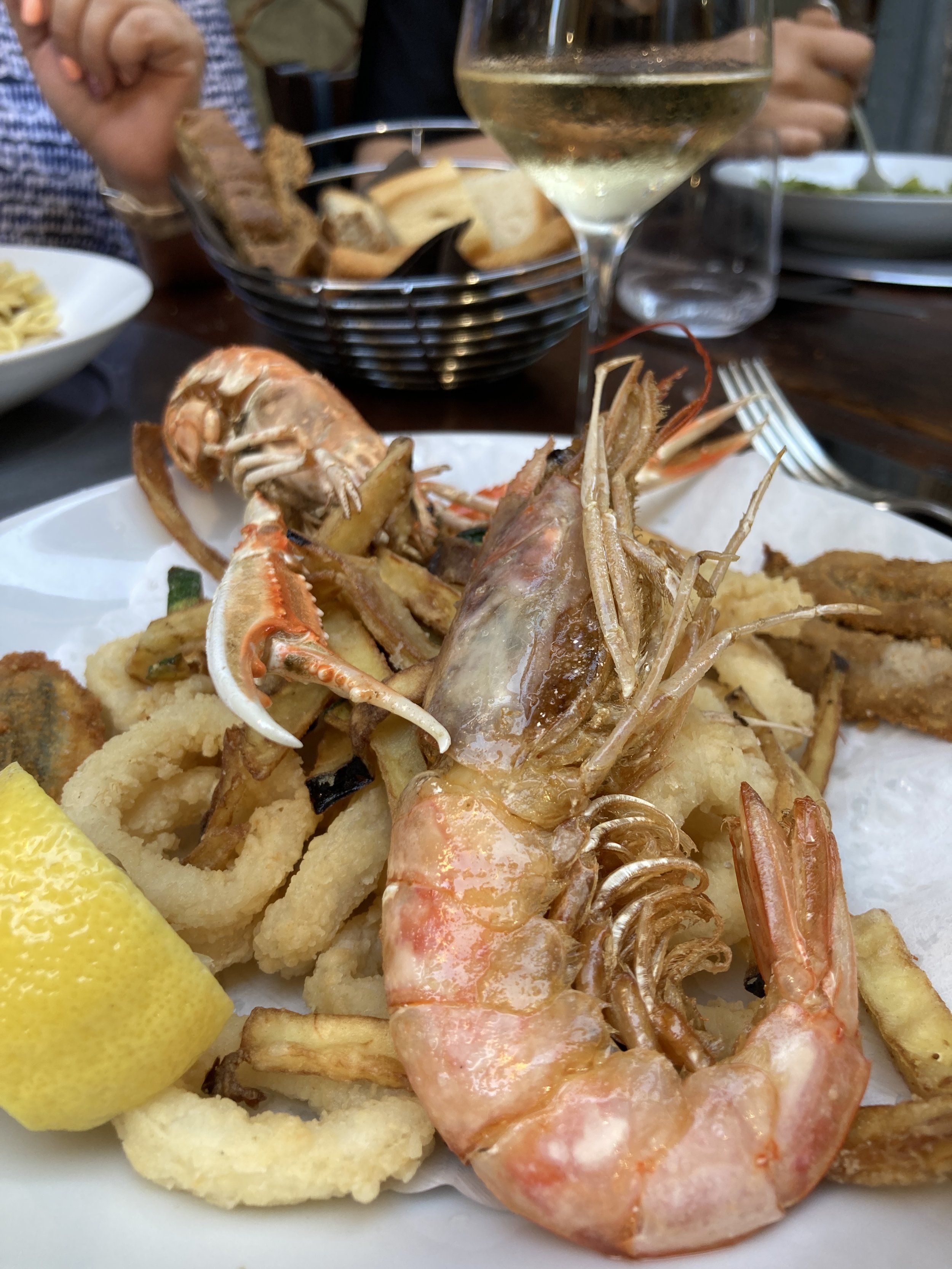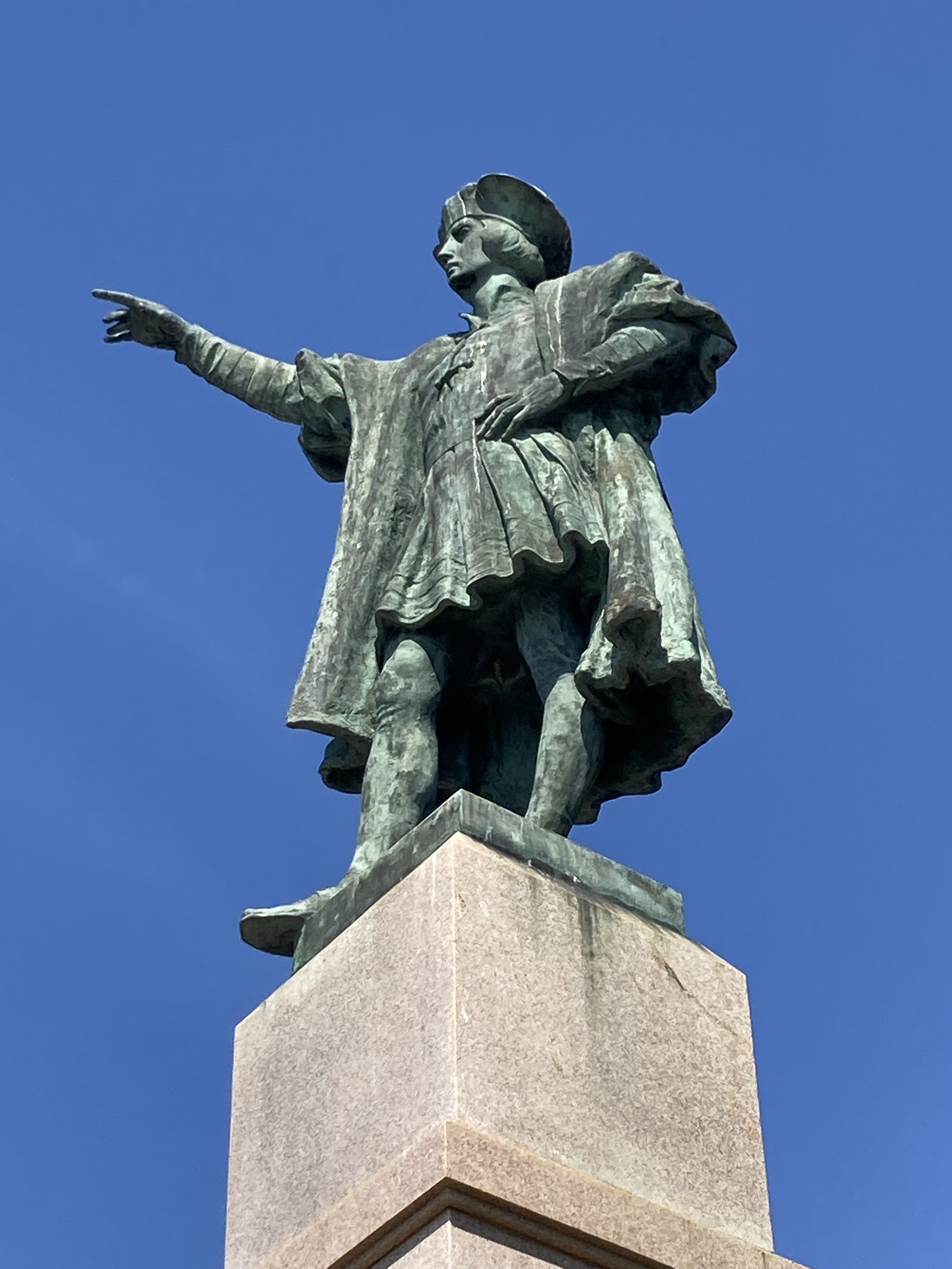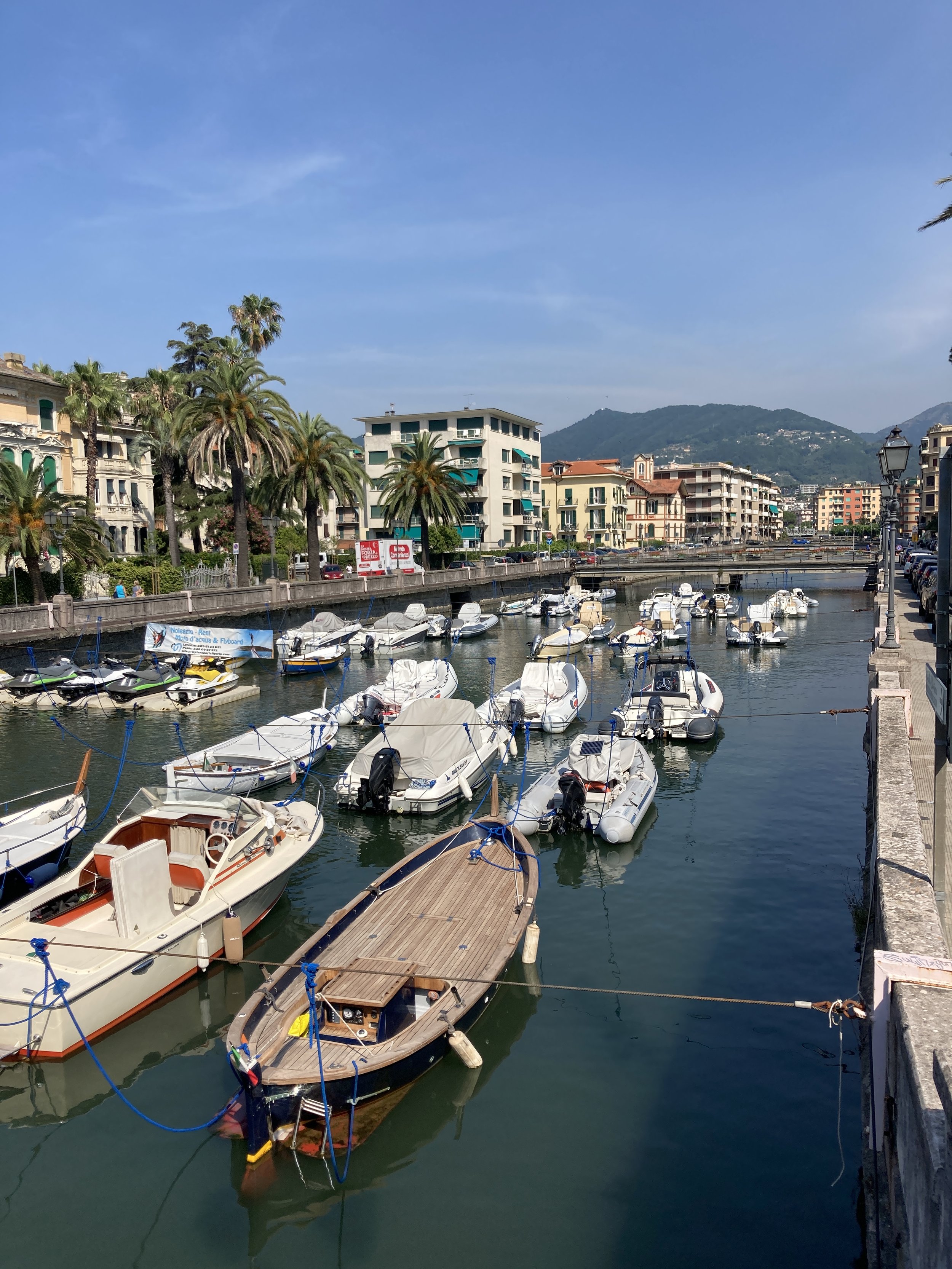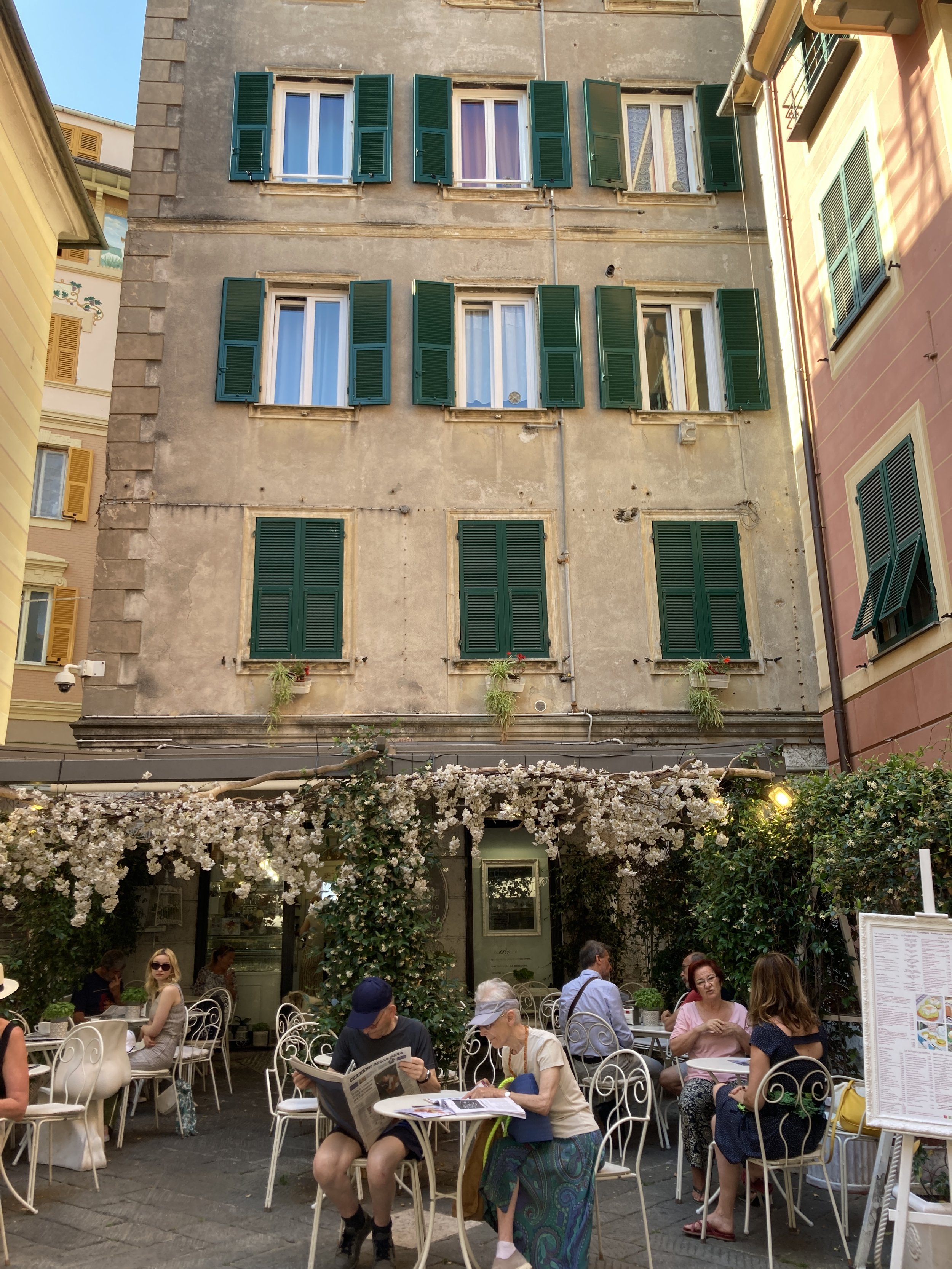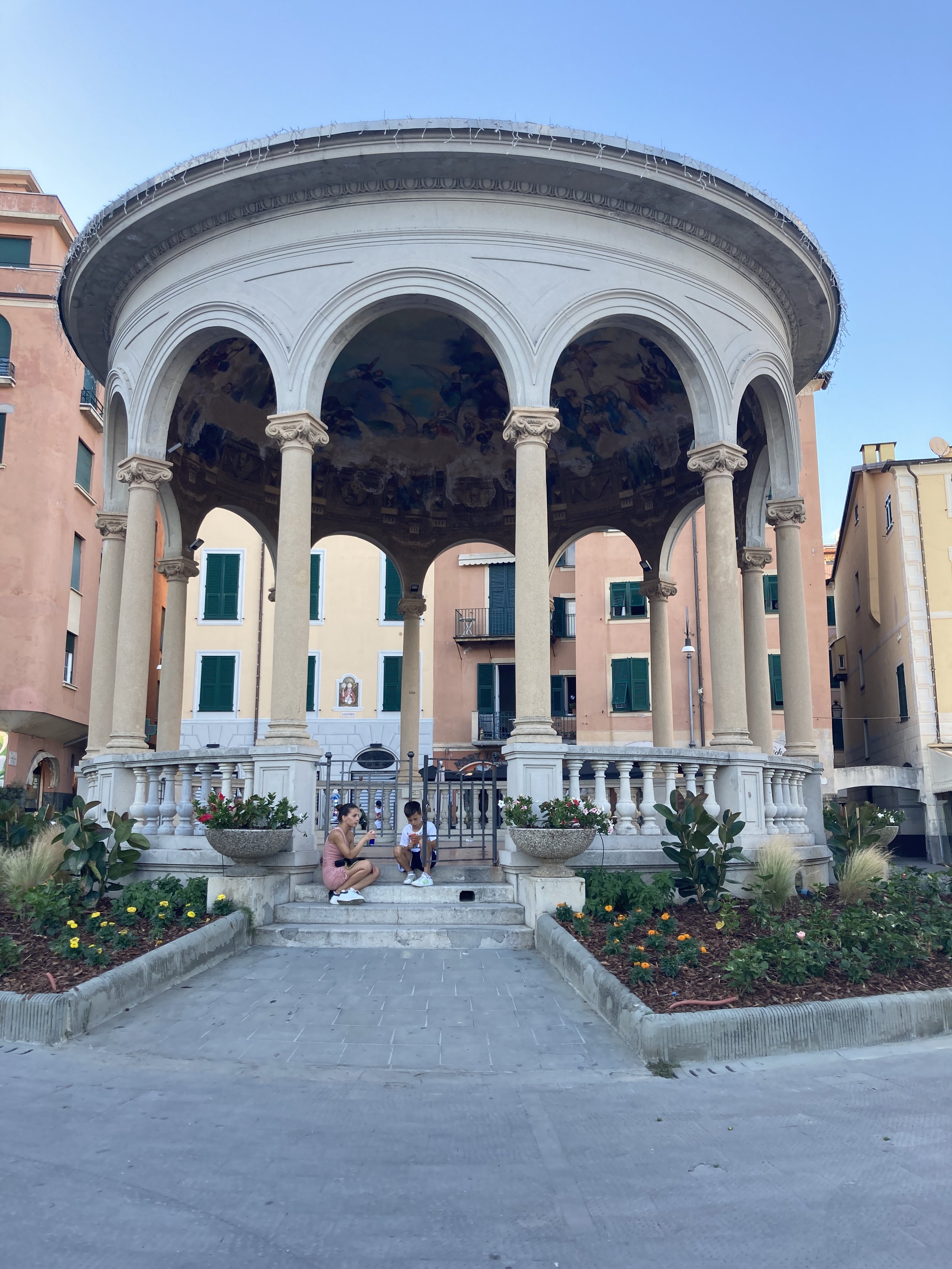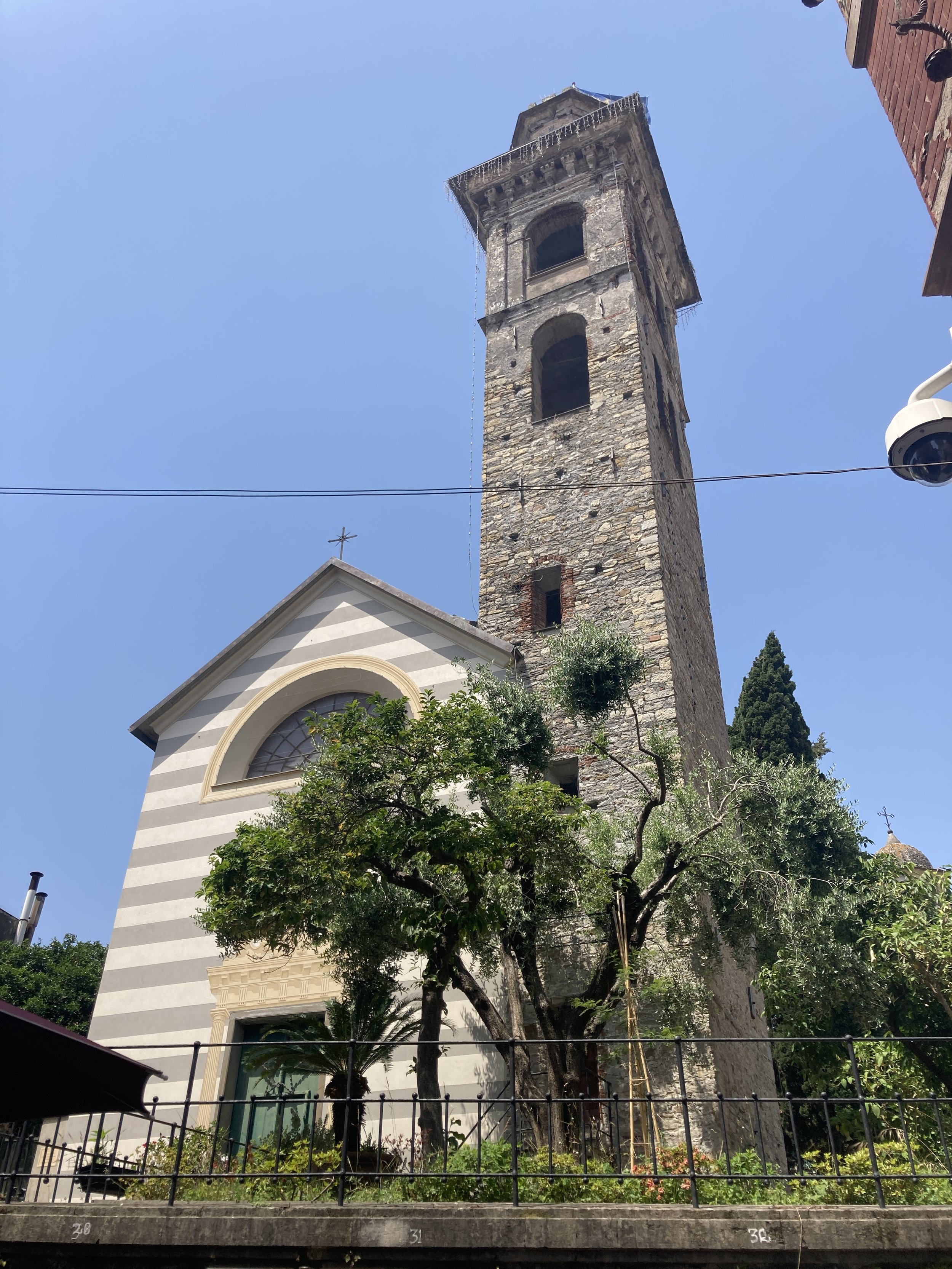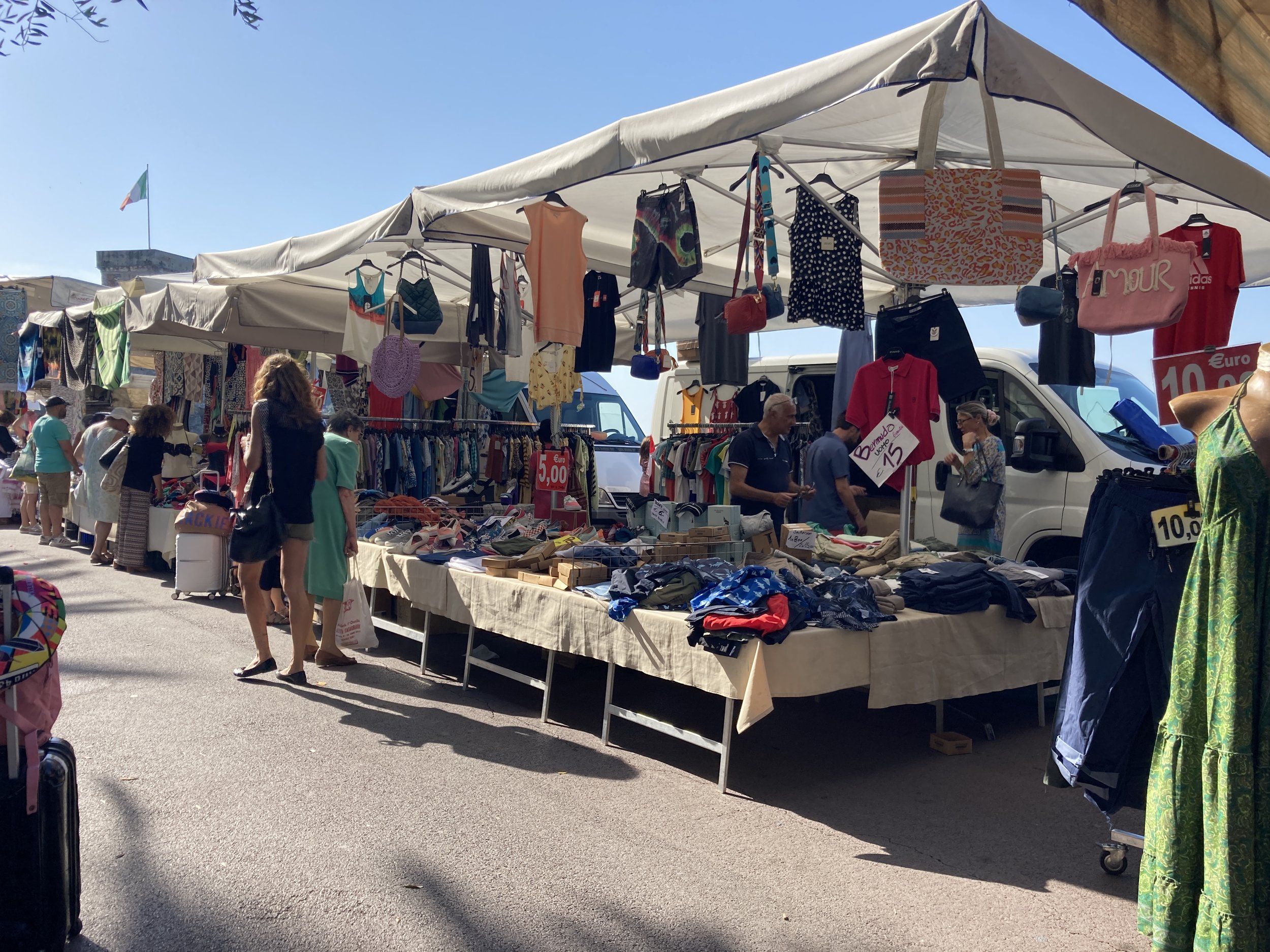An Italian Decade
August has come and gone, there are only a few weeks of summer left, and I have just arrived back in Lucca after a long visit with family in the US. Today I am feeling nostalgic - it was 10 years ago that I first came to Lucca, intending to have a “once in a lifetime” month of studying Italian here. Little did I know that the adventure would be much bigger than I realized at that time. Once in a lifetime turned quickly turned into once a year, then twice a year, and then, in 2018, a move to Lucca where I now spend the majority of each year. That first excursion to Lucca was a decade ago, my Italian decade. With that in mind, I thought I’d share some of my favorite photo memories from each of the last 10 years in Lucca, beginning with the gardens of Palazzo Pfanner, one of my favorite spots (top photo, from 2012).
2013 - Another garden, the Orto Botanico. I snapped this photo of two friends, some of the dearest people I have ever met, at the end of our garden visit.
2014 - An excursion to Pisa with Lucca Italian School. Those storm clouds !
2015 - One of the many Medieval celebrations in Lucca. I still never miss a chance to see one of these. I’ve gained a new appreciation for men in tights, ancient weaponry, and flag throwing.
2016 - The year I retired and went a little crazy - making three trips to Lucca. Spring (below left) and my favorite view from Lucca’s wall. Fall means beans for soup at Bottega di Prospero, one of Lucca’s oldest markets. Winter brought my first Christmas season in Lucca (made possible by a ridiculously low $400 round trip airfare!).
2017 - Spring in Lucca and another chance to study in the beautiful Liberty Style building that houses Lucca Italian School. The Santa Zita flower market, something to look forward to each spring. My favorite of the many beautiful stands of wisteria that herald spring in Lucca. The Rolling Stones came to Lucca in Fall of 2017, these posters were everywhere! The Volto Santo Procession and a medieval archery competition, both part of the Settembre Lucchese events.
2018 - Summer fun in the piazza. One of Lucca’s outdoor art exhibits. My first home in Lucca - what a thrill to see my own name on the doorbell.
2019 - A cold winter morning. Carnevale in Viareggio. A costumed participant at the Lucca Comics and Games Festival. A cooking class during Olive Oil week at Lucca Italian School.
2020 - Definitely a strange year ! Even the street art reflected the pandemic. Banners promising that all would be ok where everywhere, a sign of community spirit and hope. Christmas decorations were most welcome this year, especially with inspiring words from Dante.
2021 - Magnolias, the first sign of spring in Lucca. A sculpture from Cartasia, the celebration of paper art. Over the summer paintings of Puccini heroines appeared on many of the store shutters in Lucca, a delightful surprise.
2022 - This year marks 10 years of travel to Lucca and the easing of COVID travel rules, double the reason to celebrate. Verde Mura, the spring garden festival returned. My grandkids and daughter came to visit (finally)! The kids explored Lucca with local tour guide Diletta Barbieri. A happy group enjoying lunch after a cooking class at Extra Virgin Cooking. It has been a good year and it isn’t over yet ! Life is good in Lucca.




















